Snakehead!
With each trip to Temenggor I get a little wiser, a little more confident and a little better. This was my 3rd trip and I felt like it was time to apply what I had learned from past trips. I remember how I was on my first trip. Paul had advised me on practicing the snakehead cast which I did a little of, but I’m no good at practicing. I need to do my practicing on the water – right or wrong, thats how I am. I remember that a successful cast was landing the fly just in front of the fish between 1 and 2 seconds after he rises to take a gulp of air. This was my biggest failing on my first trip. In my head, this was virtually no time and I continued to rush the shot – time and time again. I wasn’t allowing the backcast to straighten, I was just forcing the shot in under a second and making a balls of it. The first trip was 11 days of fishing. In that time I landed one snakehead and 2 gourami. Gourami fishing is different, less time critical with the shot and a lot like trout fishing with dries. I’ll get back to that later maybe, but one snakehead in 11 days! The truth is I misjudged how much time I had to make that all critical shot. 2 seconds is not nothing. There’s time there to take your time – relatively speaking. I remember in my college days in Letterfrack Furniture College one of my classmates had a note above his workbench reading “Make haste, slowly”. Well, the snakehead cast is sort of like that. In fact, if I gave myself 3 seconds on every opportunity on that first trip I think I’d have done better because now and again a fish stays near the surface for a little longer.
My second trip was short – just 3 days. It’s really not enough. From the start I was a little on the back foot because I know how hard it is to succeed. However I did pretty well. I didn’t land a fish but I had 10 events which broke down as 1 lost (trout strike!), 8 chases and 1 gourami incident. Paul talks about the red zone and the yellow zone with regards to the shot. Landing the fly in the red zone is like hitting a saucer. The yellow zone is like hitting the 1 foot circle around the saucer. Hitting the red zone will usually get a result. Very often an eat, at least a chase but could also get you nothing. Hitting the yellow zone might get you a chase but usually nothing at all – but sometimes it’s good enough. One of the joys is simply putting the fly exactly where you aim it. If you succeed in that, whether you catch or not, you’ve done your bit – as long as you’ve been fast enough of course. After the cast you must gloop the surface popper right away to get the fishes attention and then keep stripping causing surface disturbance hoping there’s a snakehead behind it about to burst onto the fly.
My 3rd trip. Paul picked me up in Penang and after a couple of hours we were hauling bags, beer and petrol down the dilapidated Belum steps. The steps are long and steep, dark, very degraded and dodgy as feck, but it’s a rite of passage. After a number of trips up and down the steps of doom, Paul took the Rocket C across the pitch dark lake to the Battleship. From there we motored down the lake to make base – two boats in tow. It was so good to be hanging out with my great friend again. Like no time had passed since the last time – which was 7 years ago. Time really is flying by. We caught up with some fine wine, French potato hotpot, beer and a little rum. The craic was great as we chatted about old times and current.
Day 1 was a slow start after all that, but not like old times where we were known to occasionally miss the entire next day! Day 1 was lively on the water. There were free risers in many of the locations we stopped at. I felt pretty composed and ready to make haste, slowly. I had a few yellow zone shots which had some big chases but no eat. Then nailed a red zone shot and glooped away the fly to watch an explosive take from a solid snakehead. No trout strike, I think I got it all pretty bang on – including the fight. Fish in the net on day 1. I was delighted. So was Paul. We continued that day into darkness as we would every day. I got lots of opportunities and many chases, I can’t remember how many. At the end of the day, last light I got another snakehead from a yellow zone cast. The last light can be great. Fish rise less frequently but tend to stay near the surface for a little longer.
Days 2, 3 and 4 were slow. There were opportunities every day though. Sometimes to free risers, sometimes to snakehead with babies. If you know nothing about this fishery there are 2 main ways to catch snakehead. One is by targeting free risers. Snakehead can breathe air into their lungs by taking a gulp of air from the surface. This gives the angler a visual. If you’re lucky, you’ll see the fish in the murky water before they break the surface to breathe. This will give you an extra moment to prepare your shot. However if you hit the water before they breathe you’ll spook them so you must resist the urge to cast too soon. The shot must be delivered after they breathe. The other way to target them is when they’re with babies. The mother and father snakehead protect their brood of up to a couple of hundred (I’m guessing) baby snakehead. The young ones fizzle on the surface very frequently and so we can track them. They tend to travel from stump to stump if they’re in the shallows so we can try our best to predict where they’re heading and where they’ll pop up next. All the while were waiting for either of the parents to come up to breathe. When they do thats our shot. They are also likely to be in totally open water which can make them a little harder to track. Same as for a free riser, the shot must be fast and accurate. When the fish is released they go back to their family. I watched this happen after Paul caught one off babies. The other parent and babies stay close by (the babies continue to regularly fizzle on the surface as they breathe). Shortly after the release we watched both parents emerge together. Paul believes they have a scent unique to the family to help them to stay together.
Like many great fishing locations, sometimes it’s important to look around you. This is an area of wild, dense rainforest and immense beauty. There are elephants, lots of them. We saw fresh sign every day. There are tigers, not many but they are around. A large paw print was found near Belum resort just recently. Birds, frogs, lizards, pigs, monkeys are all present and now and again we see them. Paul’s method of hunting out snakehead involves constantly moving. We’re travelling along shores for kilometres or moving quickly across open water to search new ground. The whole time getting to see many facets of this beautiful wilderness or listening to the occasional crash or trumpet from an elephant or a screech from a monkey. The sounds can be as dramatic and the visuals.
The Battleship is luxurious. When we get back in darkness after a long day there’s a cold beer (or many) in the fridge. Paul has a well equipped galley kitchen where he can whip up some Chinese hotpot or similar. There’s a warm lake which doubles as a bath – just don’t dive in or you may get impaled on a pointed stump! You can sleep in a hammock or a bed – I chose the hammock. Good internet, plenty chargers and battery power. It’s very well set up. There’s a fish tank which doubles as a TV. I spent many hours watching the antics of the little and the large gouramis. They’d eat little chironomid off the surface attracted by the light over the tank. Sometimes they’d get a more substantial fly like a termite. They enjoyed cheese and chocolate too or a bite of one of the plants growing in the tank. Now and again the big one would nudge the little one out of the way but in general they had a peaceful coexistence in the tank. Paul has probably released the large one by now as he was reaching the upper size limit for the tank.
Day 5. I only had a few hours to fish before making the journey to the airport to fly back to NZ. The Battleship was moored on a stump on the outside of a large expanse of stumps. Free risers like this type of water and this spot in particular was a favourite of Paul’s. We checked it out the previous 2 evenings but it was pretty quiet. On this last morning it was very lively. There were 2 sets of babies but we worked mainly on the free risers. There was another variable I learned on this last morning. I had noticed it before but this time in particular. That’s the angle the fish goes back down at after rising. The shallower the angle the better because that means they’re nearer the surface for longer. On this morning most of the fish were going down at very steep angles so even red zone shots were not being noticed. I felt like the culmination of all my experience had come together and I fished well. I made many shots where I put the fly exactly where I wanted to but they did not result in as much as a chase. However I felt good about my shots and thats very important because it’s all about the shot!
Paul rarely fished over the 4.5 days. He very kindly gave me most of the opportunities. We could have fished separately in the 2 boats but Paul decided we’d fish together even though I did most of the fishing!! Aside from the fishing this was a great way for the two of us to catch up and have a laugh. We kept hydrated every day with jungle juice instead of beer which was a first for us! Maybe we’re getting a little sense!? I’m not so sure. But one thing I am sure of is that I loved every minute of it and I hope to get back before Paul sets sail on his round the world adventure – once he learns to sail. I could help him with that but I have a pretty bad track record in yachts.
Paul knows this fishery inside out now. He’s been there 10 years and fished it over 3000 days. He understands the fish and the fishing, boat handling too. Whether it’s manoeuvring the boat around stumps or tracking a snakehead on babies, Paul’s boat handling is second to none. Traveling in pitch black is no trouble either due to his knowledge of the lake. He barely ever hits stumps at speed! I learned a couple of new knots while I was there. Paul fishes the rigs he fishes after thorough testing, so he knows the setups are as strong as they can be – usually factoring in a fuse so the fly line doesn’t break. His snakehead cast is now pretty legendary and is a pleasure to watch him execute it. Fly tying is another aspect. The fly that Paul ties is a popper pattern. It has some lead tied in on the bend of the hook to pull the fly down a bit in the water ensuring the first “gloop” is a good one. The fly itself resembles a frog or a small fish. It’s a pattern that has evolved over time and it works! If you’re thinking about an adventurous, challenging and very different type of fly fishing trip I highly recommend this…
On the Journey home I read Jungle Blues by Stu Tripney. Paul loaned me his copy. I loved it. I have no doubt that part of my enjoyment came from knowing the author, knowing Paul who much of the book was about and knowing the fishery he was talking about. In the book, Stu was tearing around the Jungle in a boat named after myself! It’s only the 5th book I’ve read so you should be happy, Stu (if you see this!)!! Although I haven’t quite finished it yet.. but I will!
Back in NZ now and the new season is underway. I’ve had a superb start exploring two new waters. More on that later. I still have some availability throughout the season apart from January, February and March.
Plenty time to stock up on my range of flies for New Zealand available from Fulling Mill. The flies are tried and trusted by myself and many others over here. You can see the full range here.
Tight Lines and Free Palestine, Ronan..
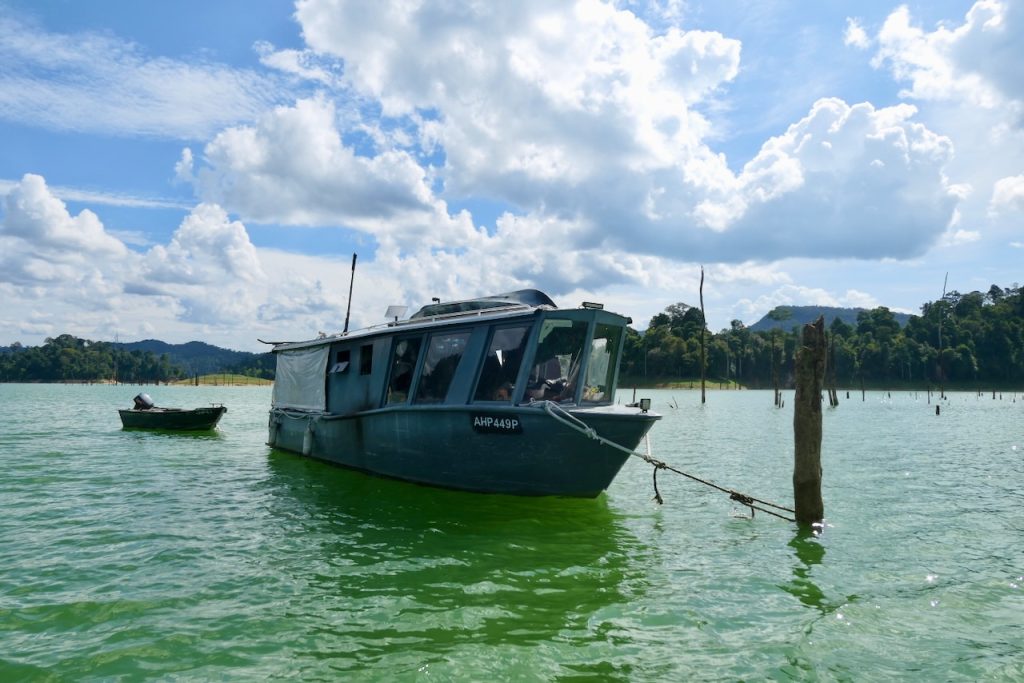
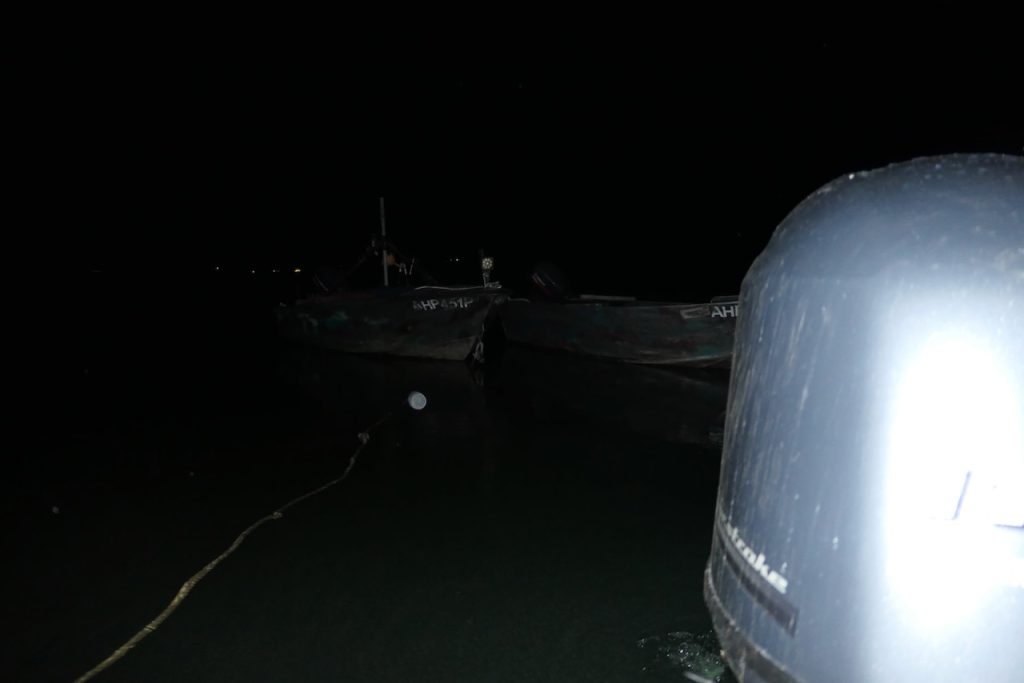
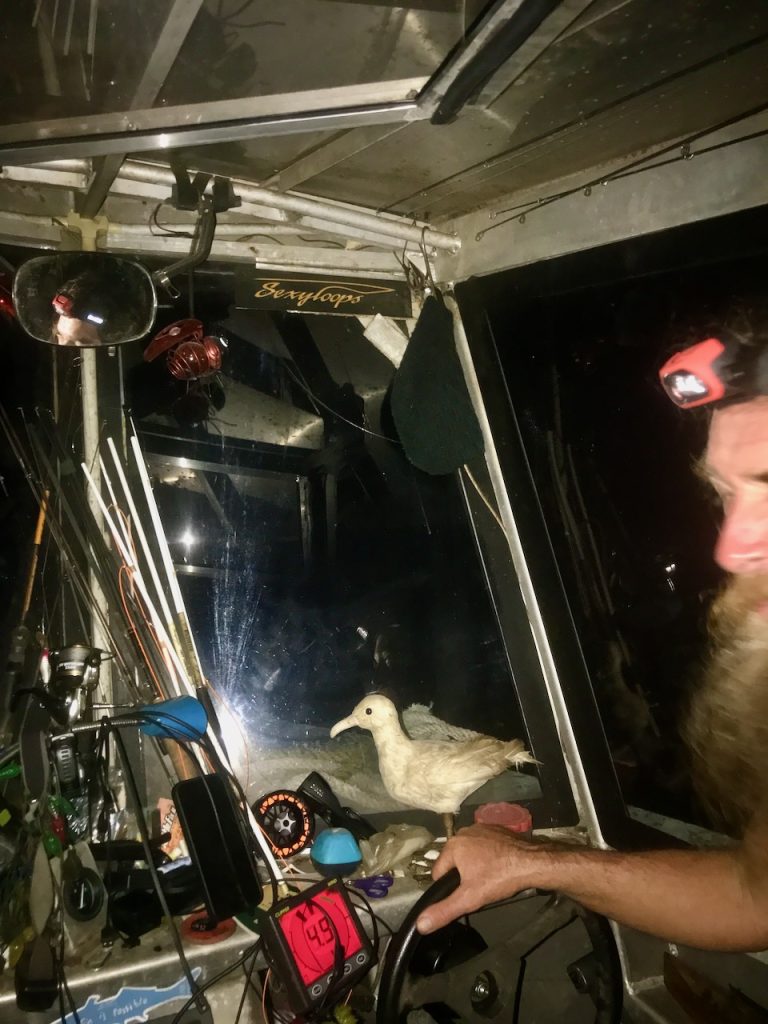
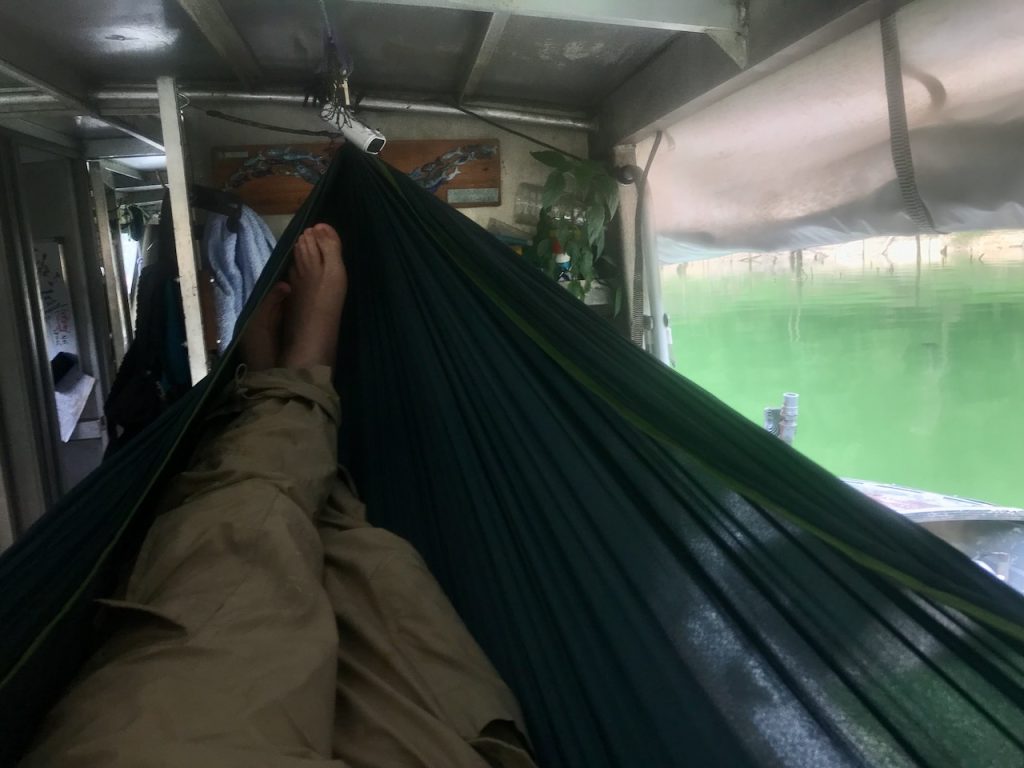
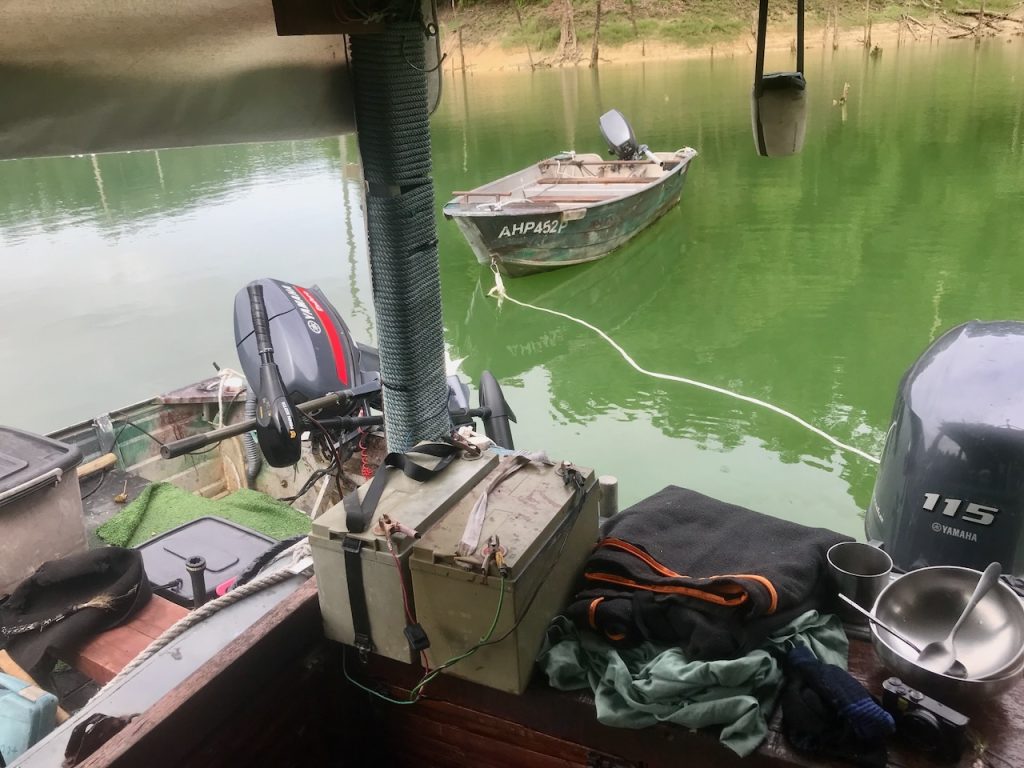
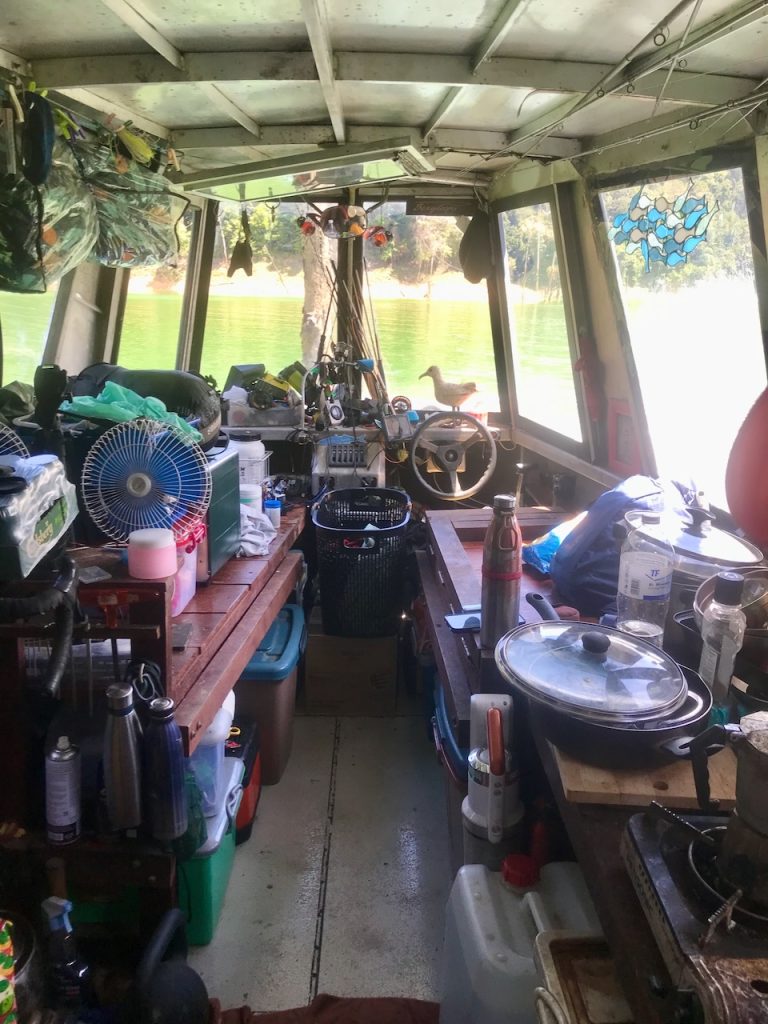
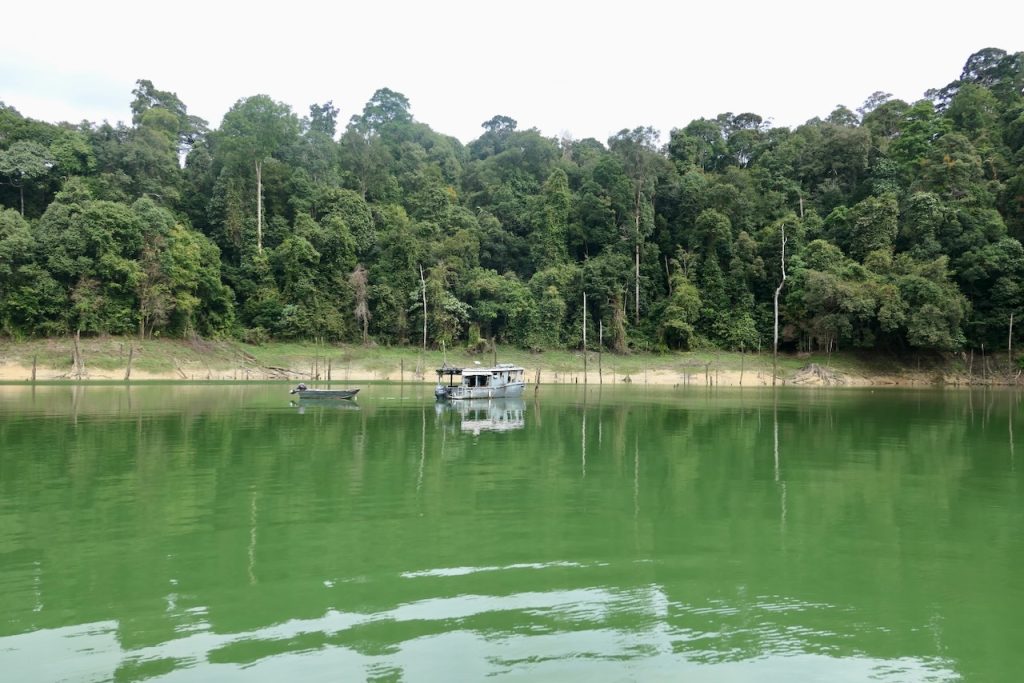
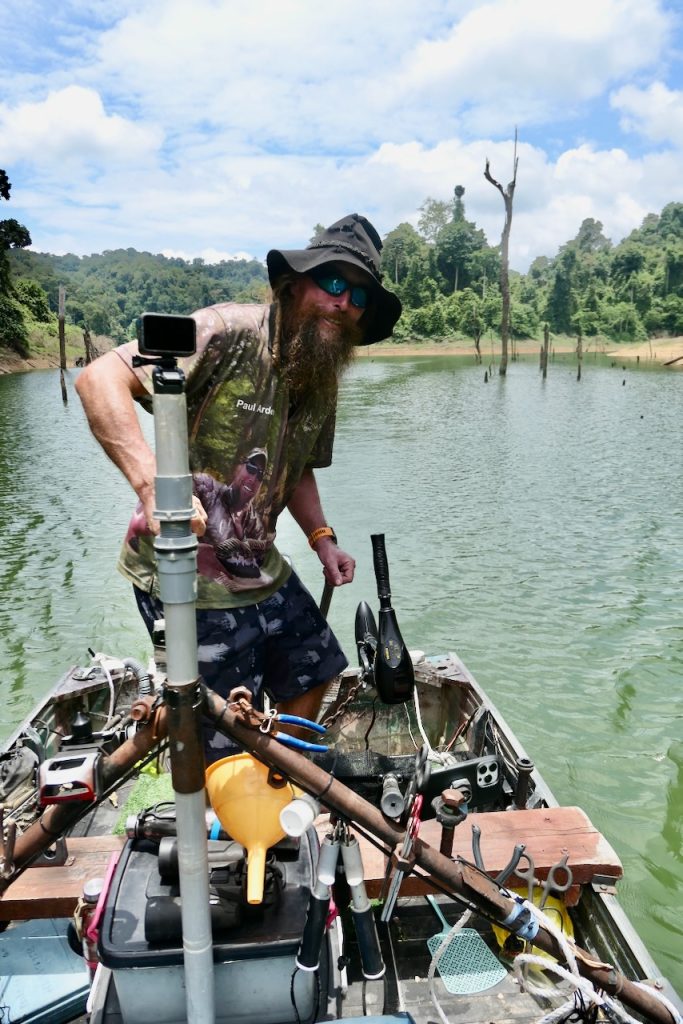
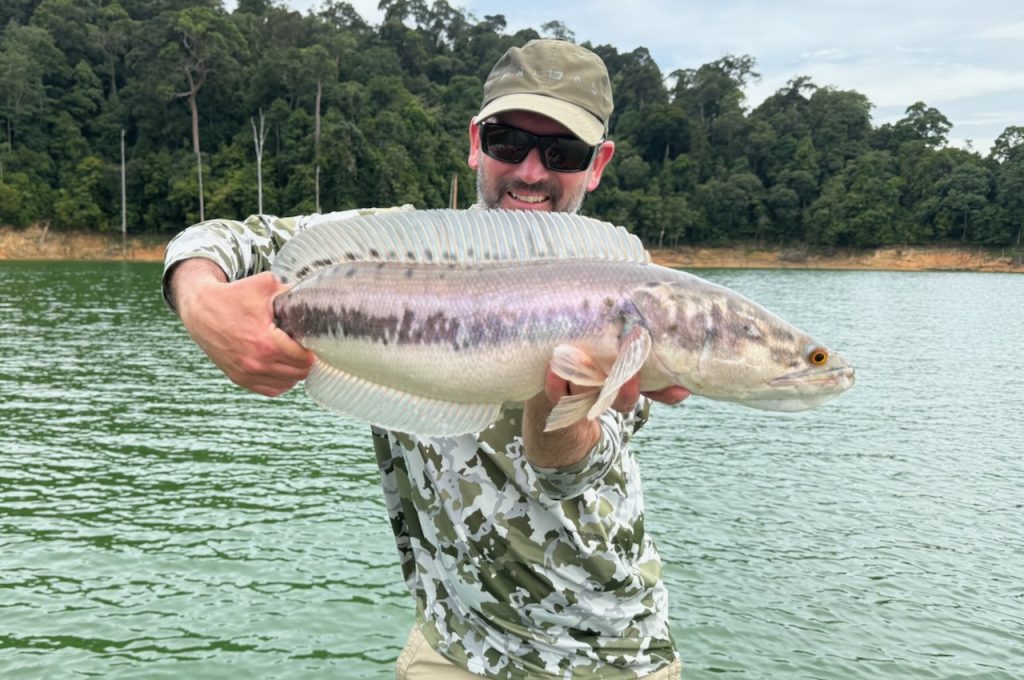
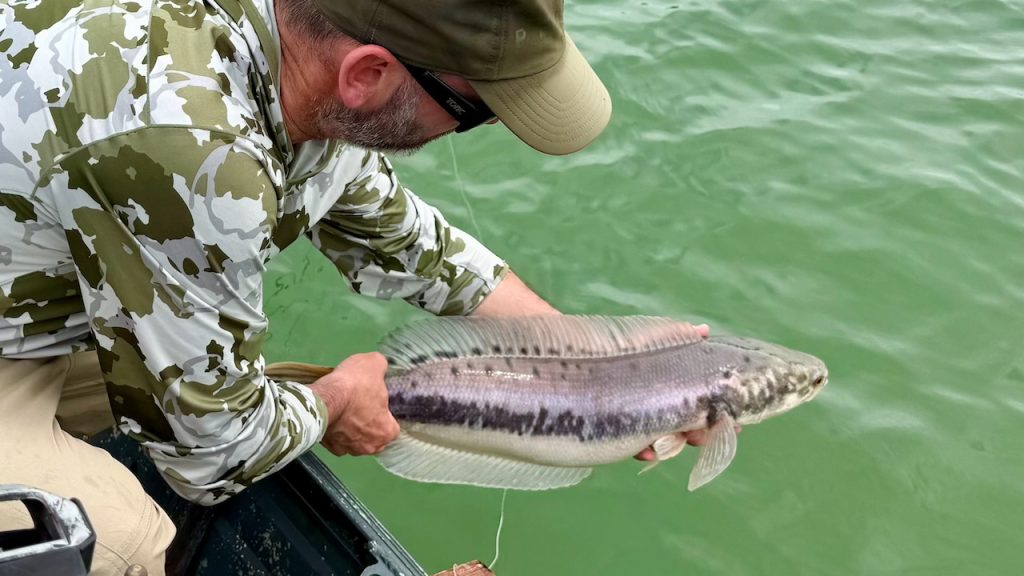
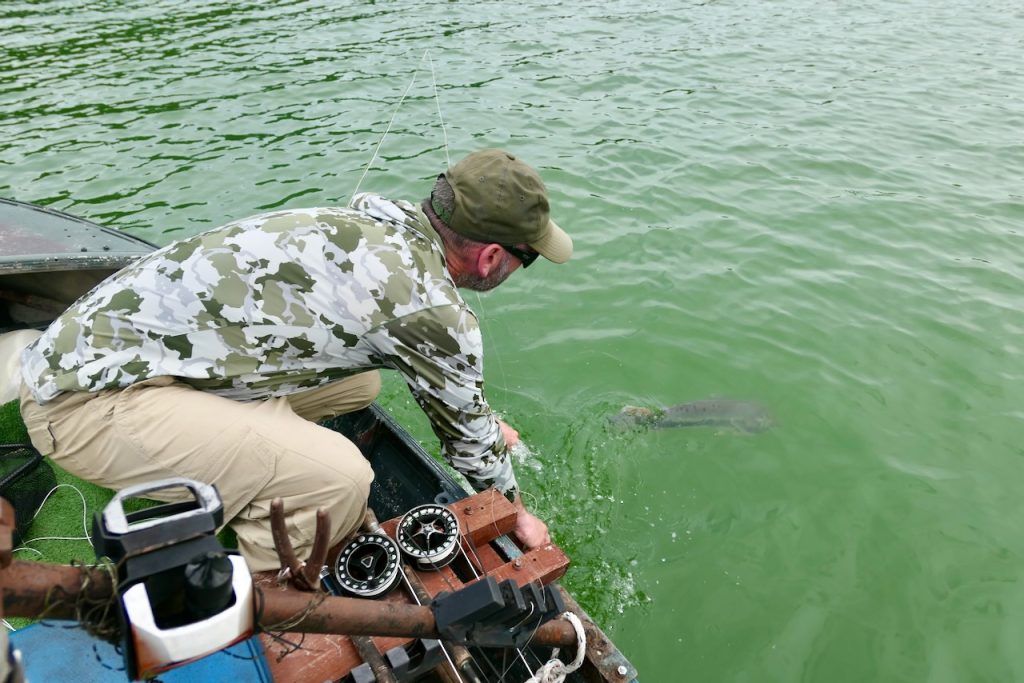
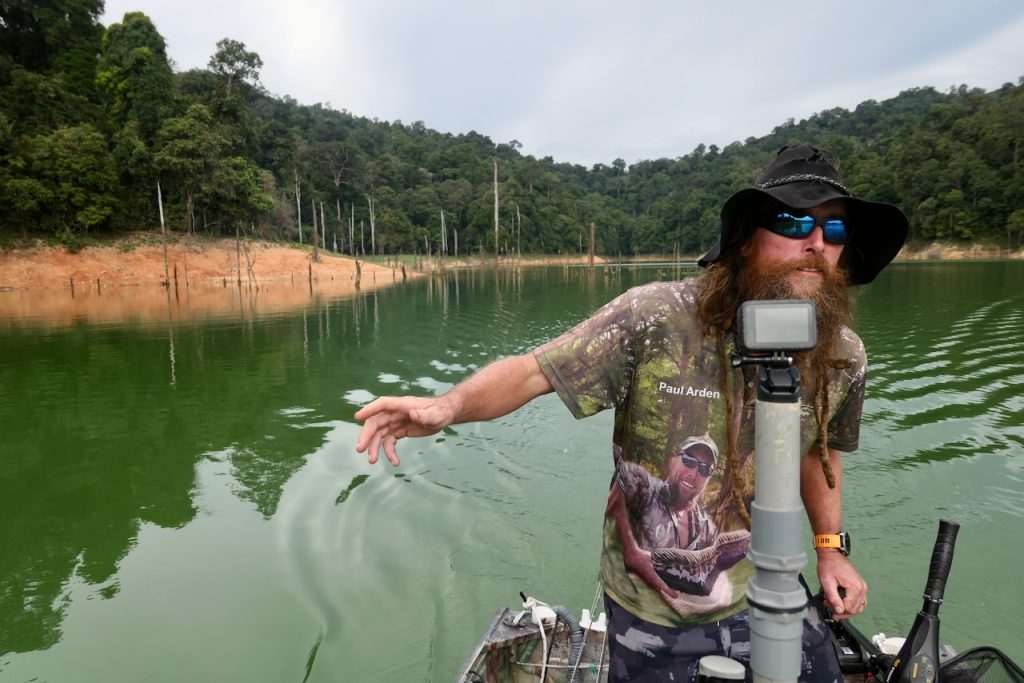
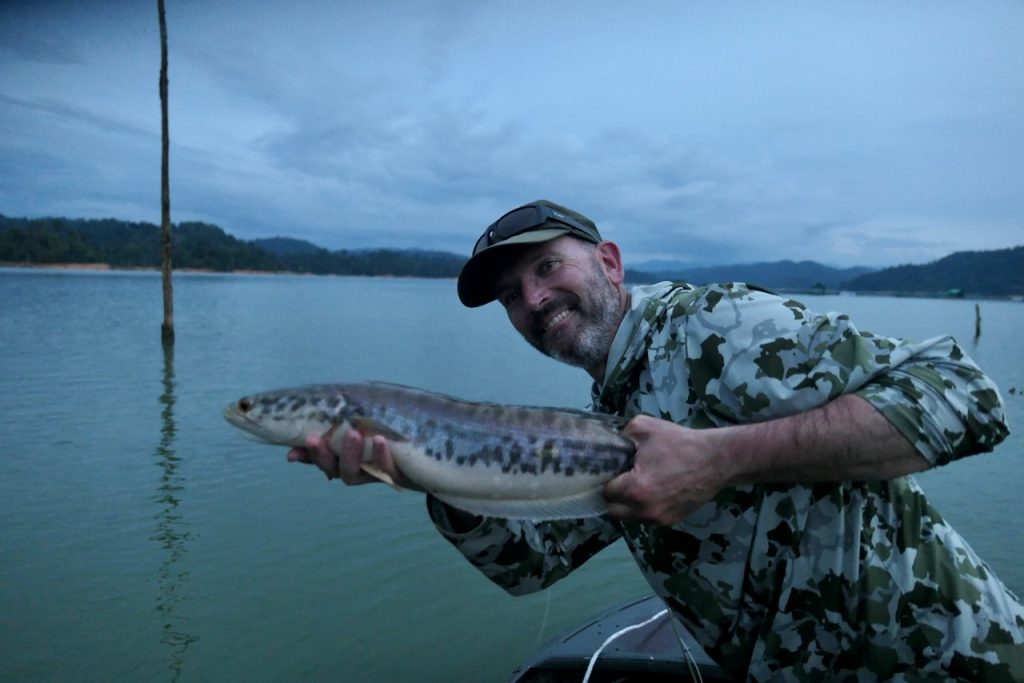
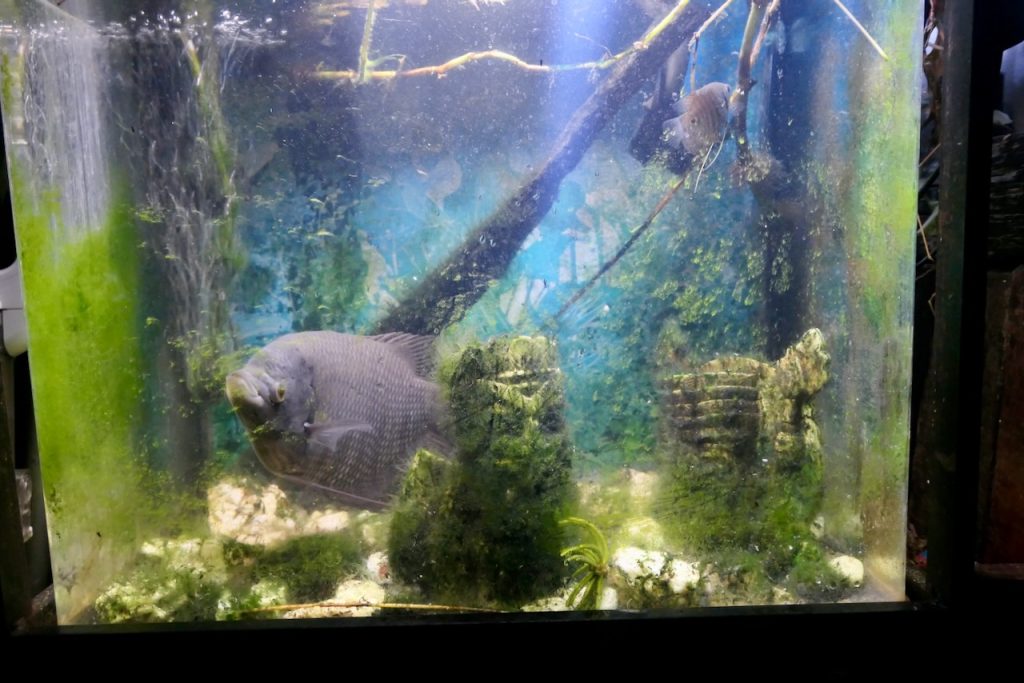
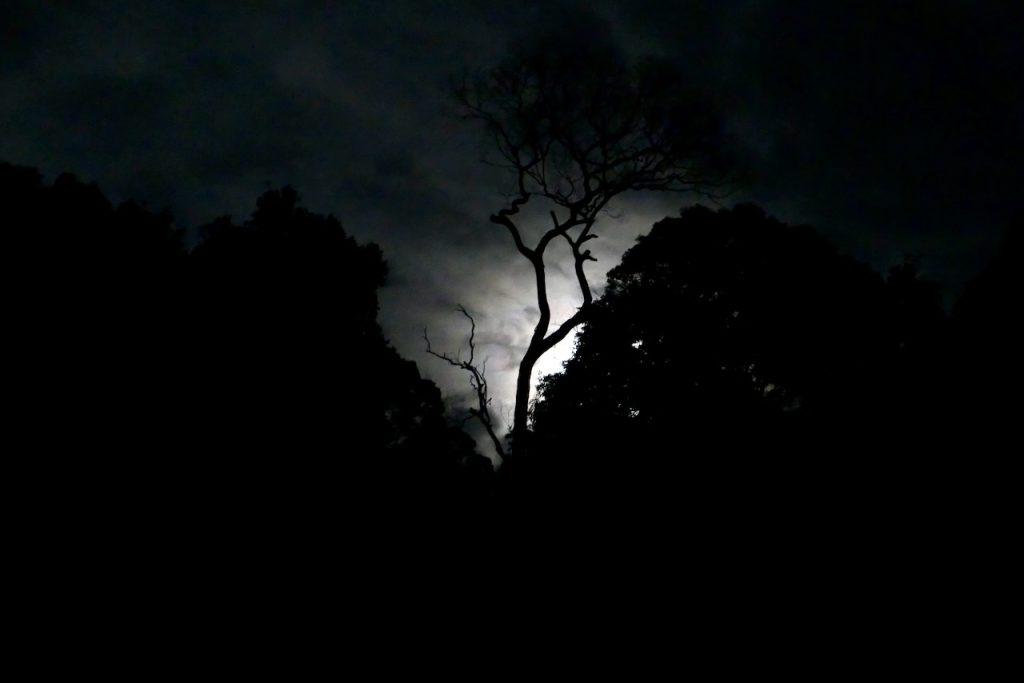
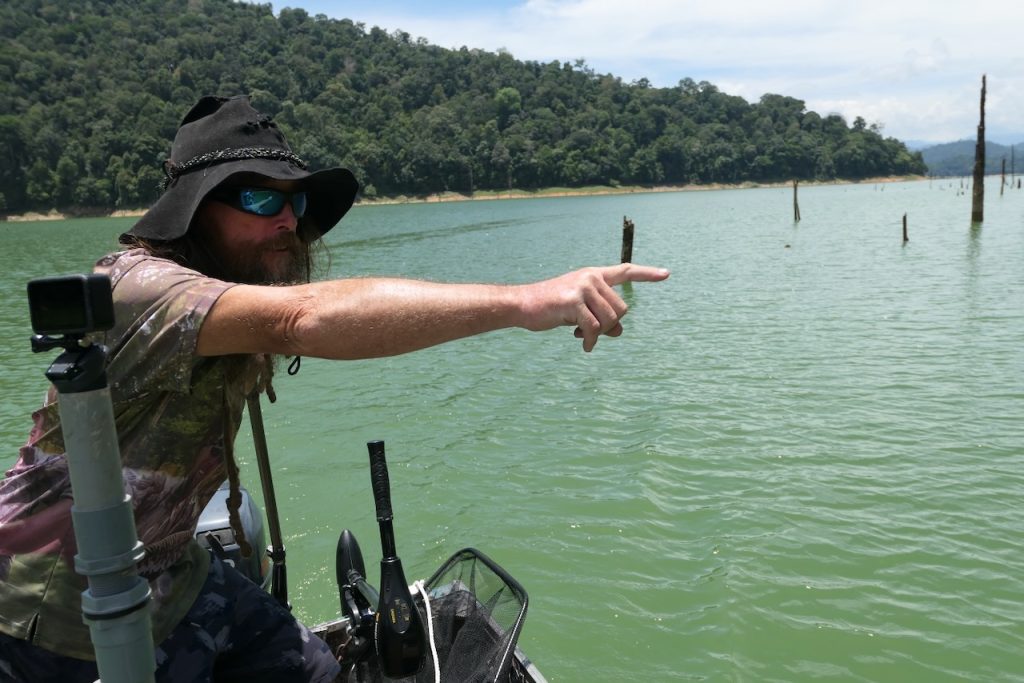
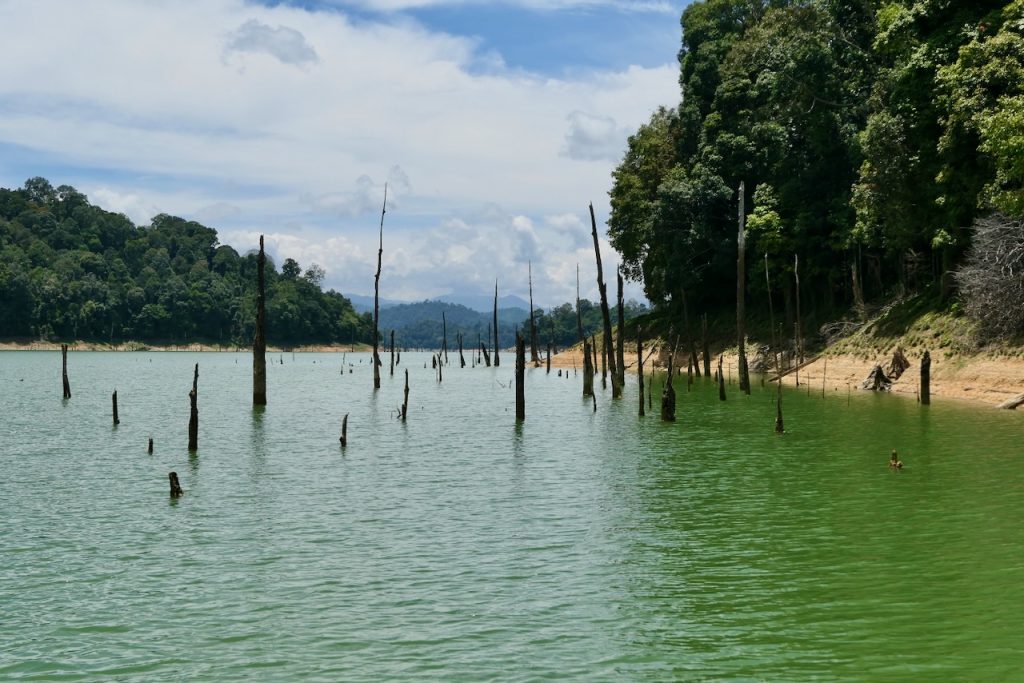
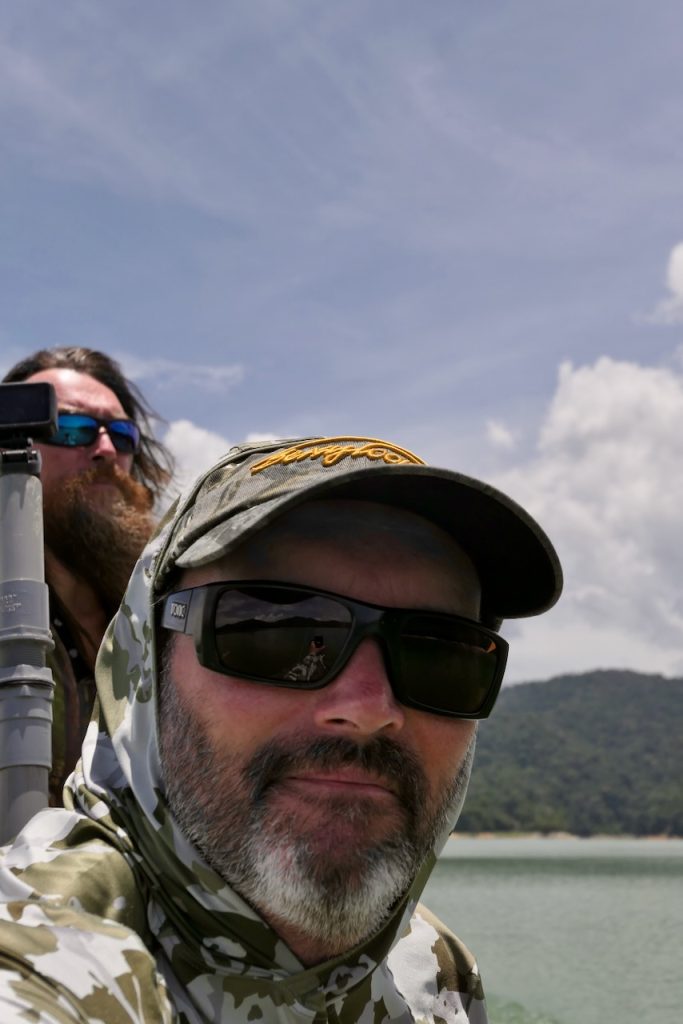
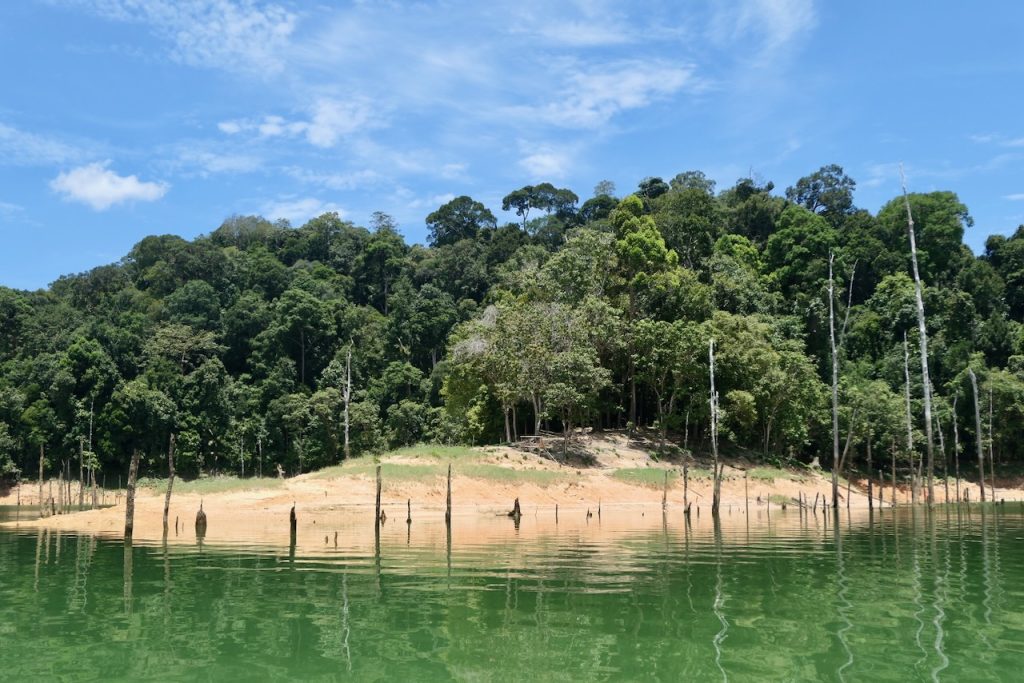
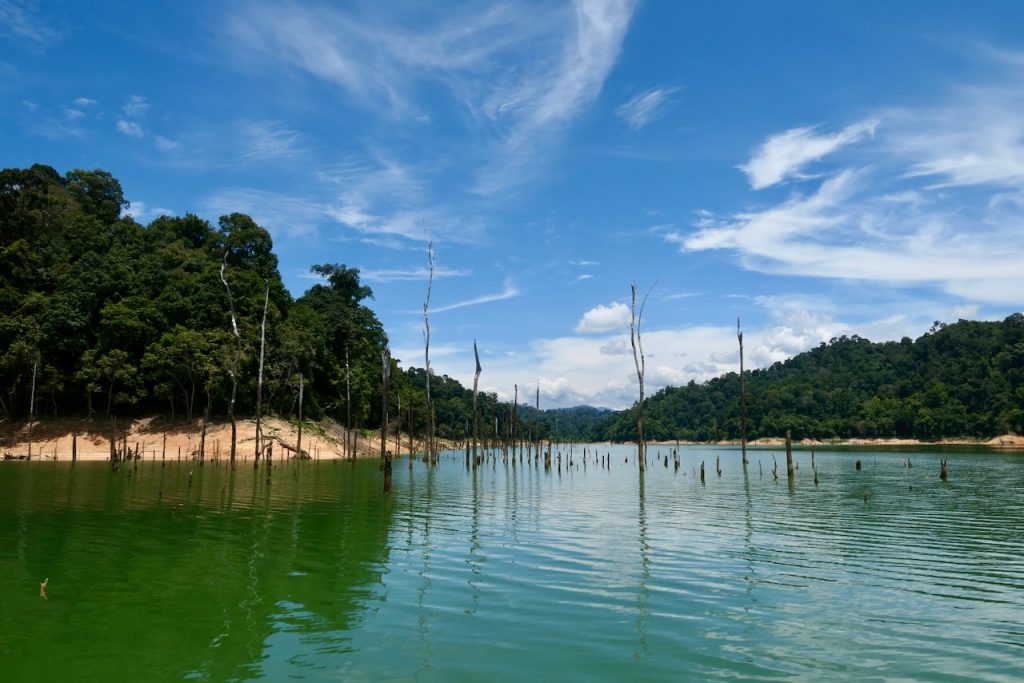
or free risers… or Gourami, which are very rare these days.
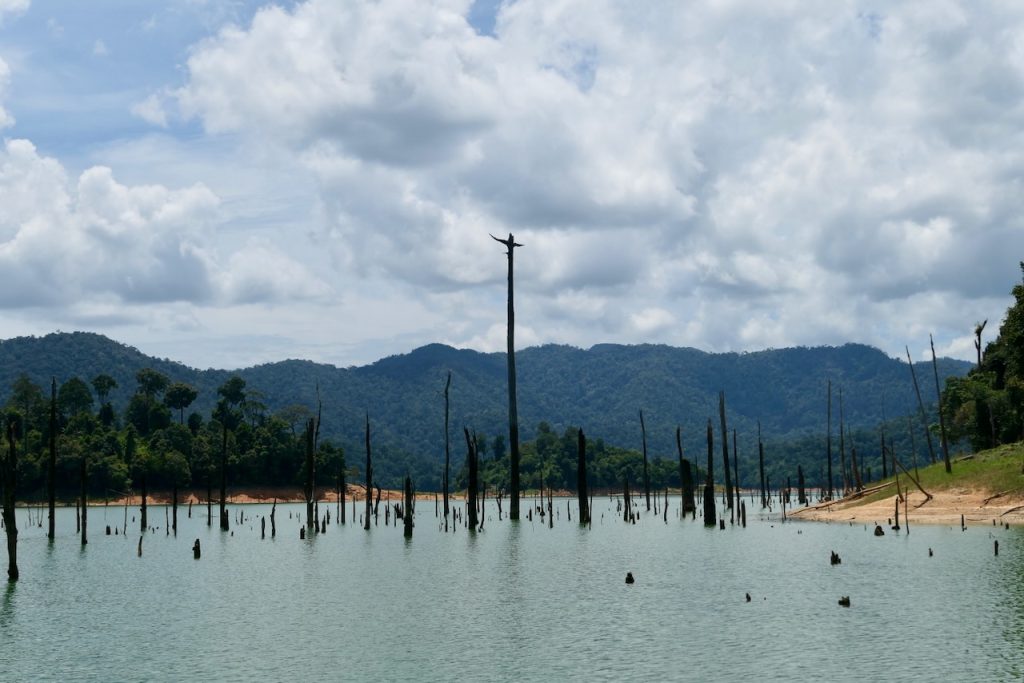
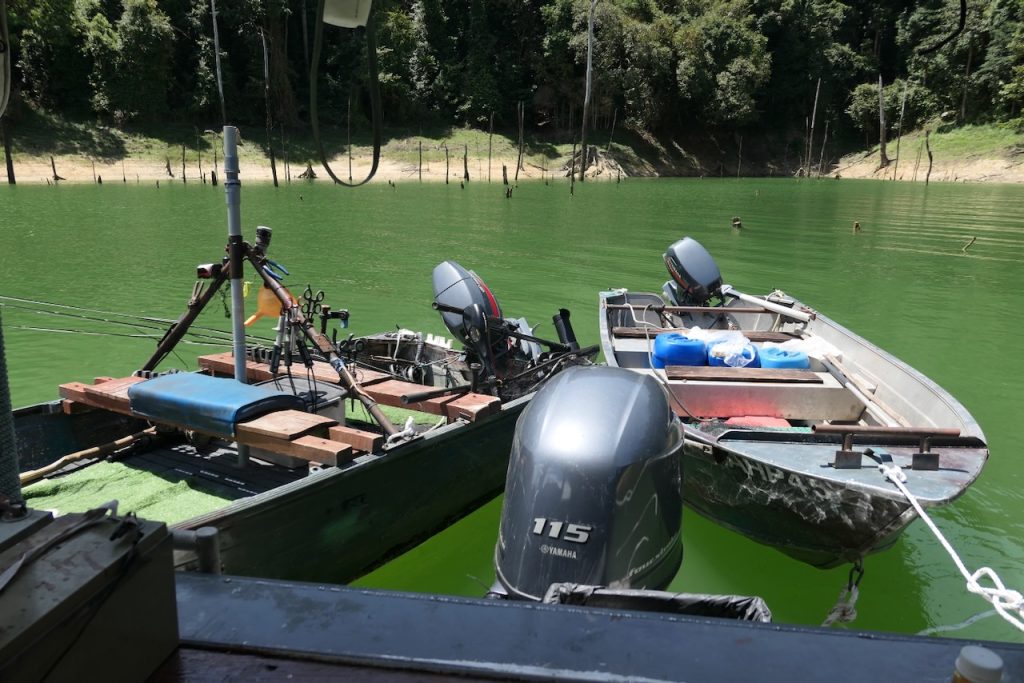
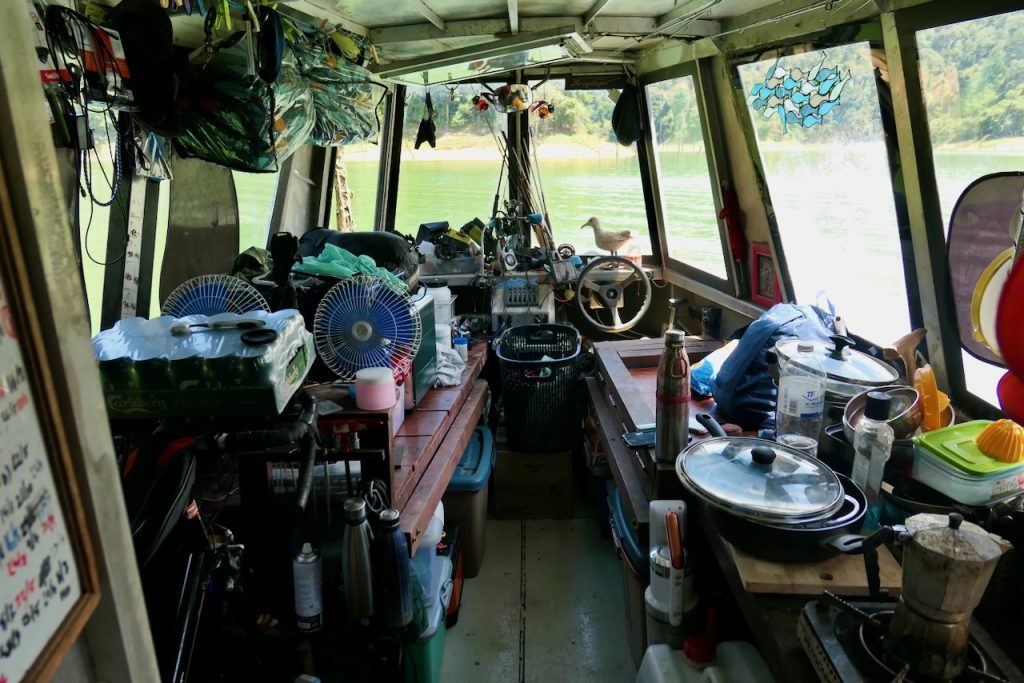
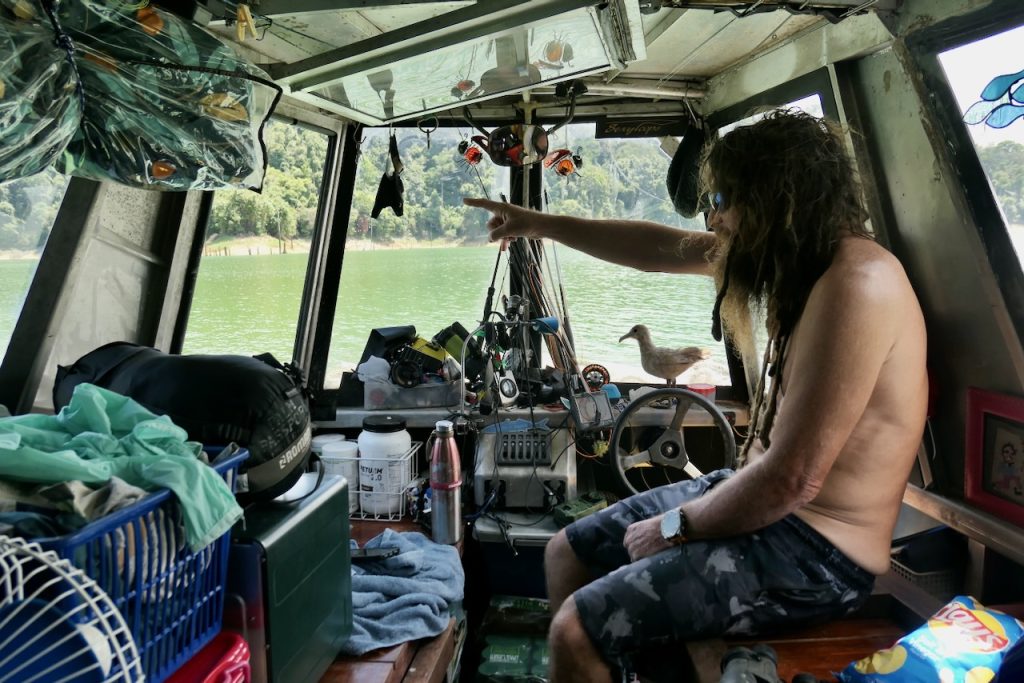
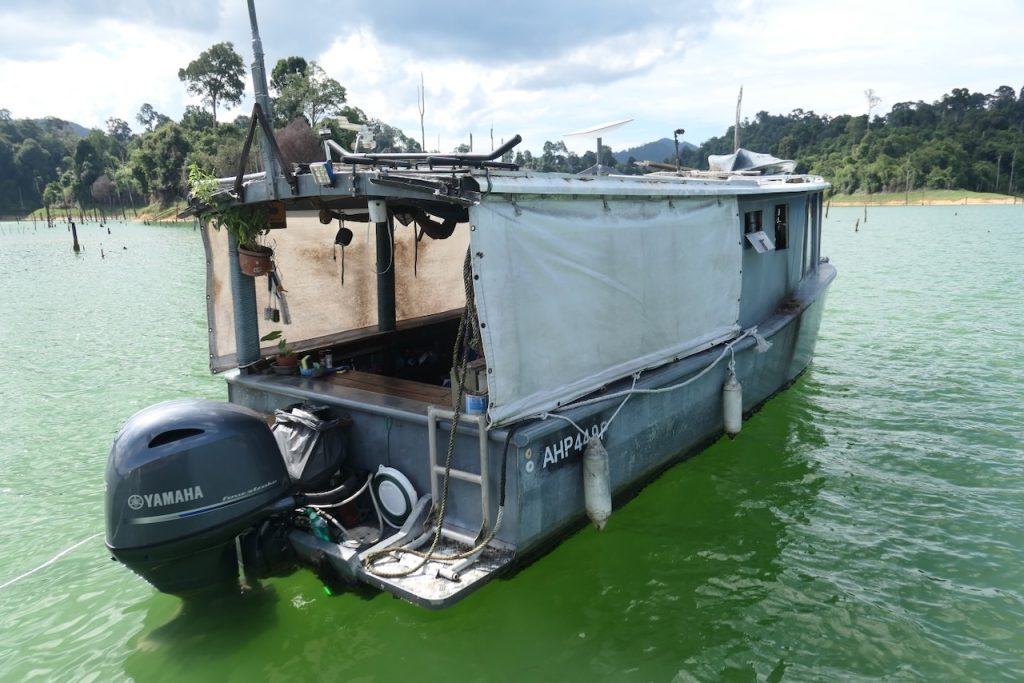
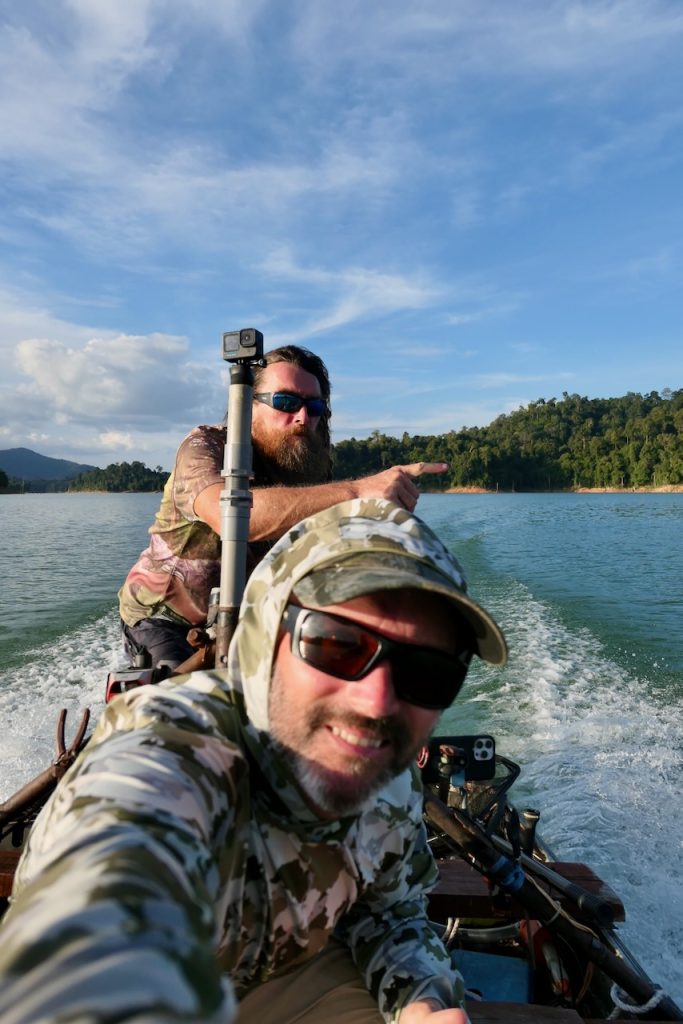
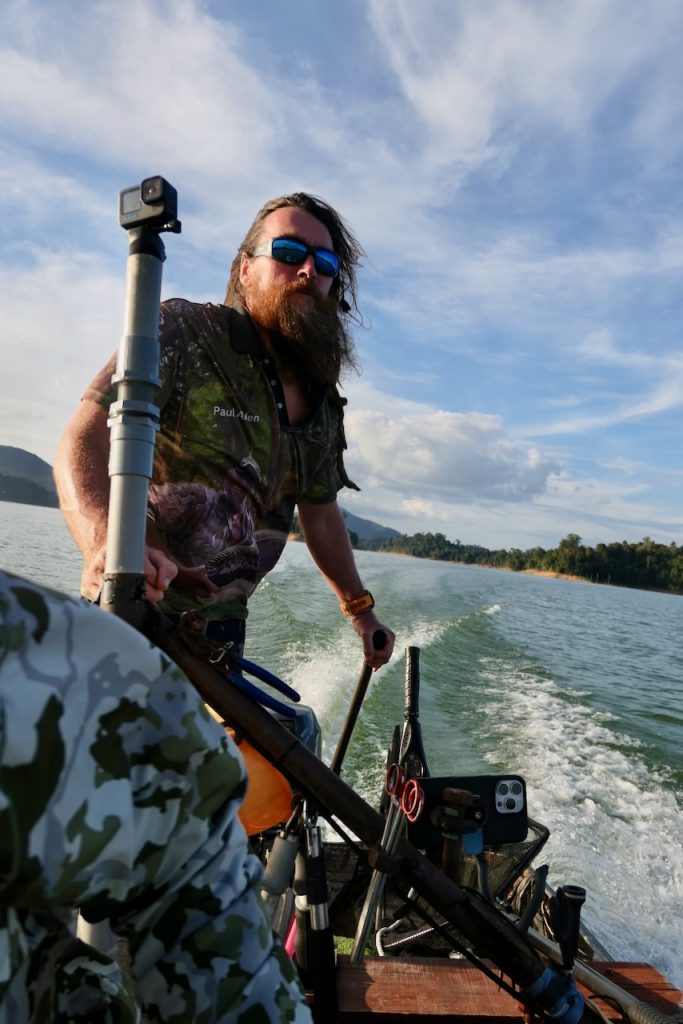
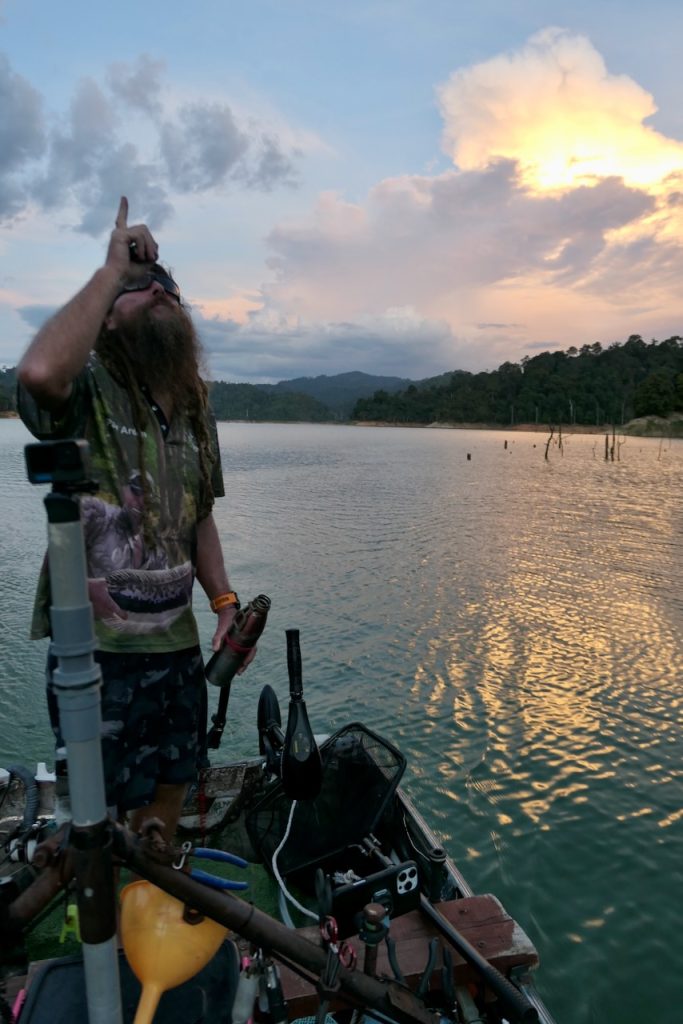
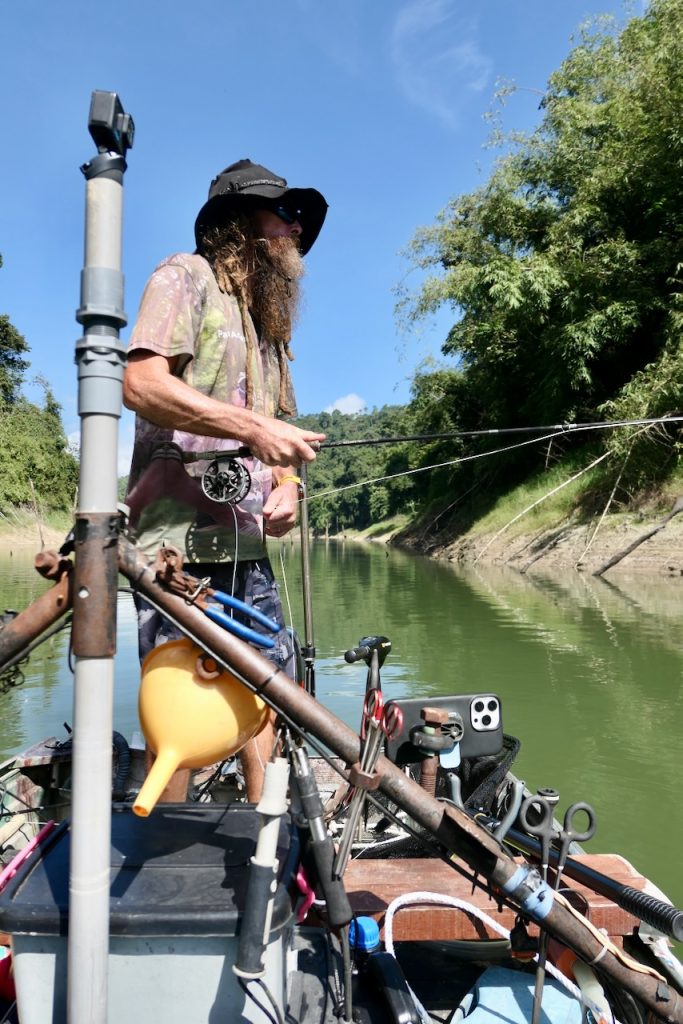
we wait for the rise.
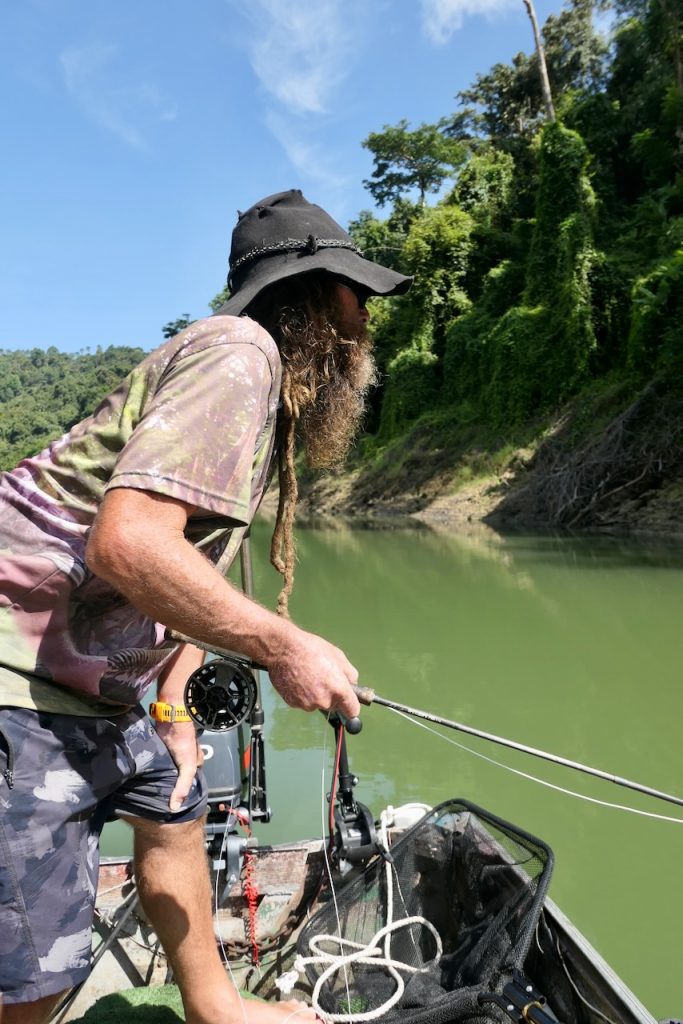
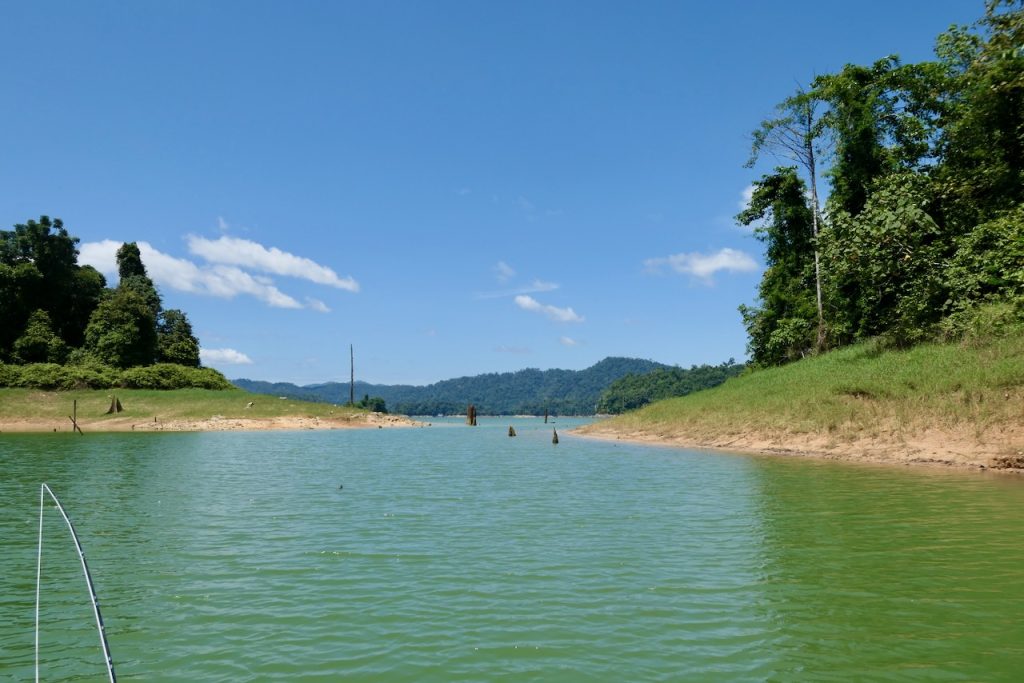
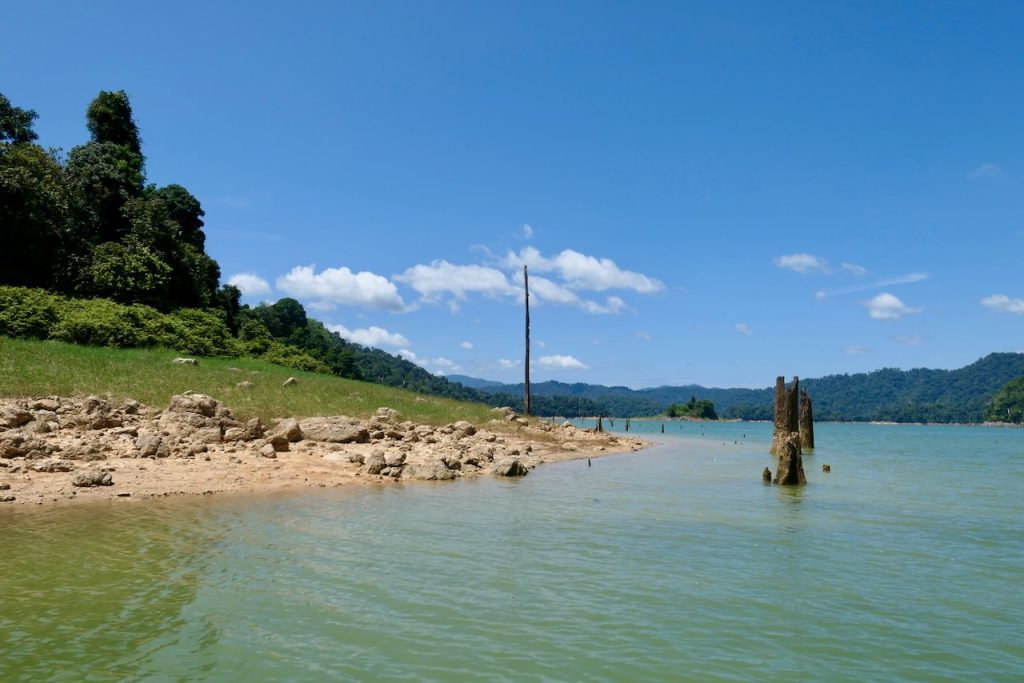
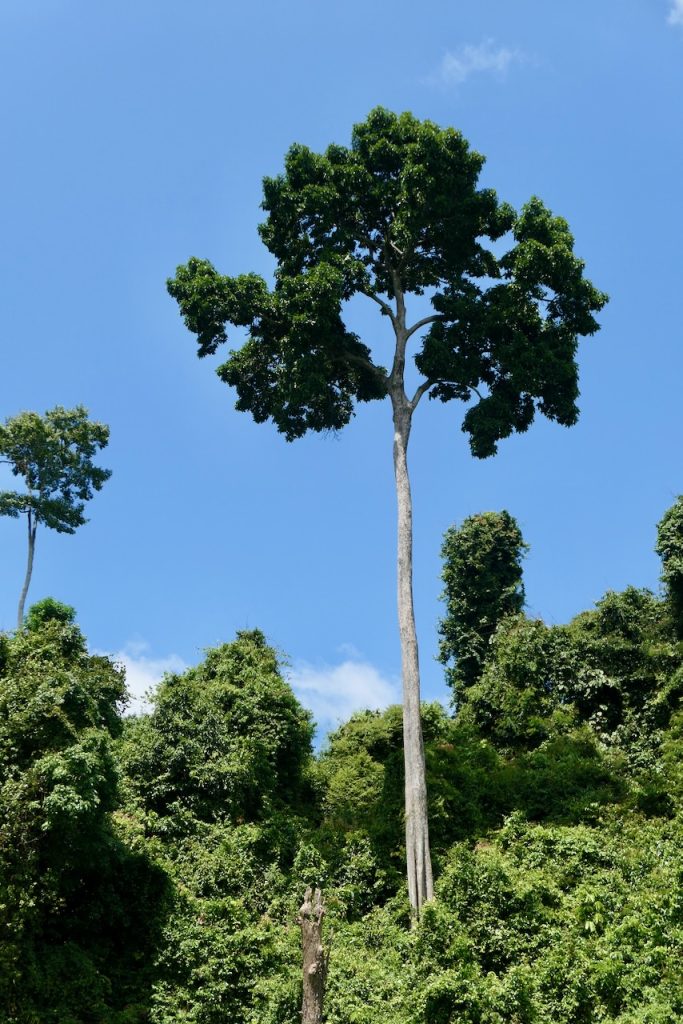
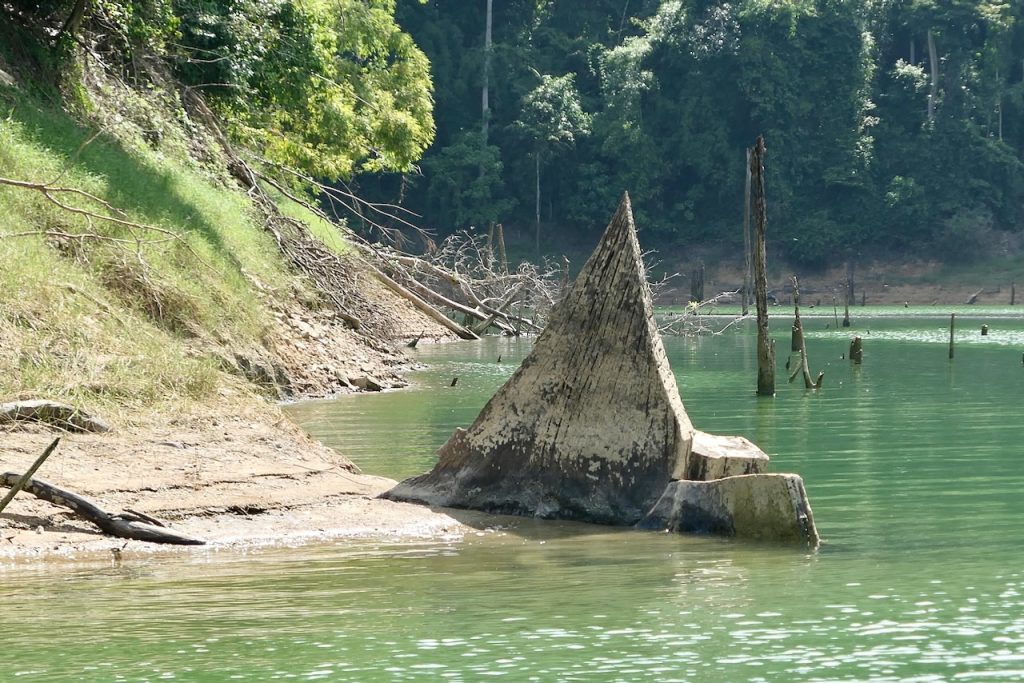
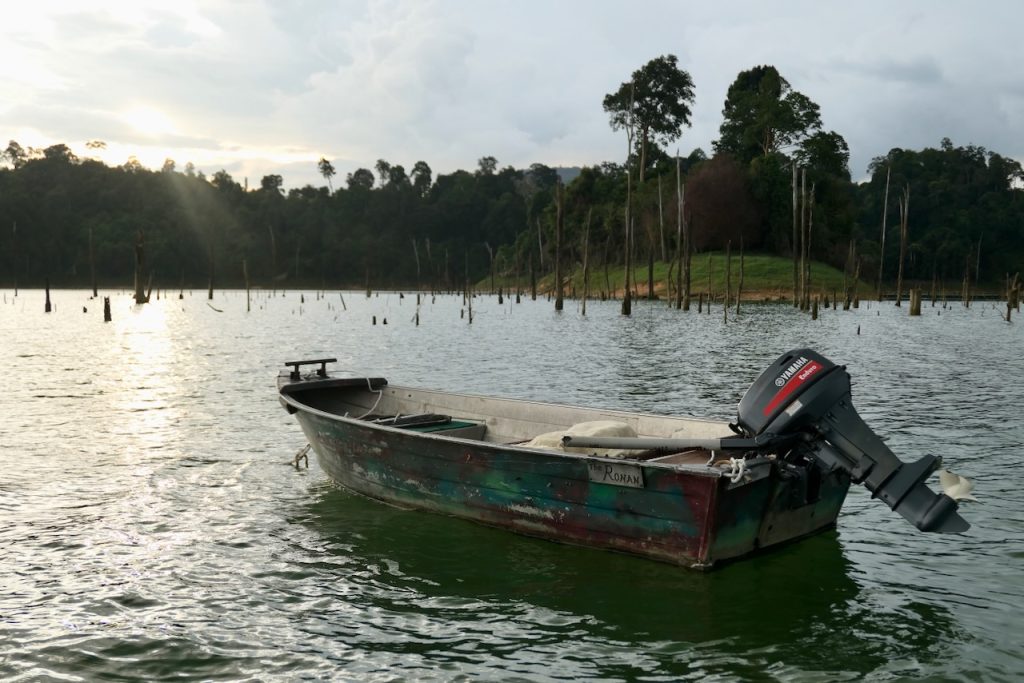
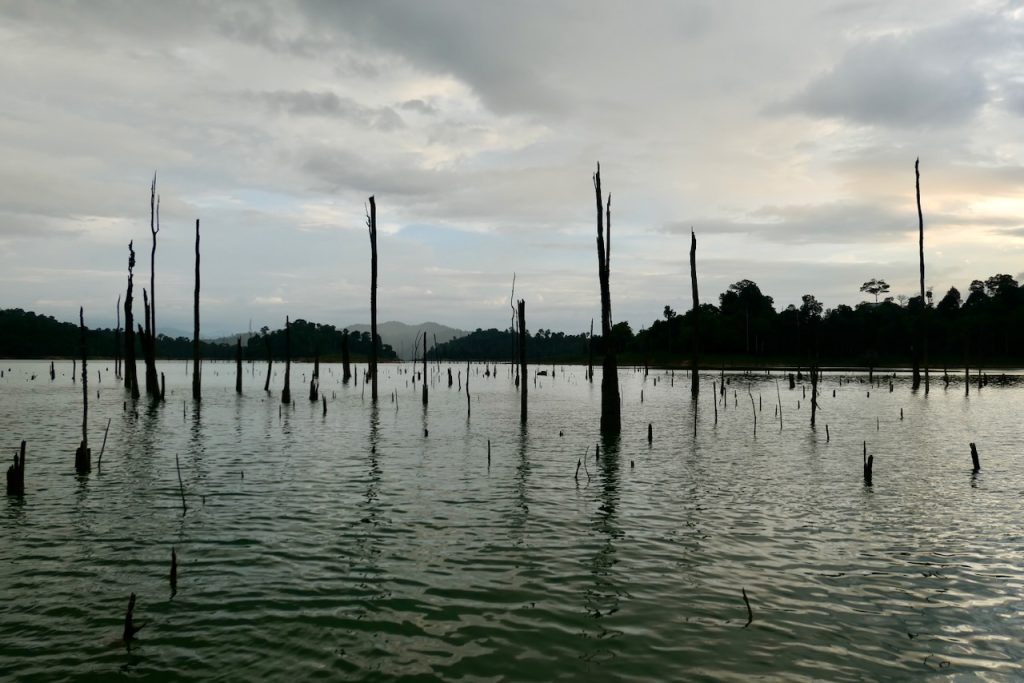
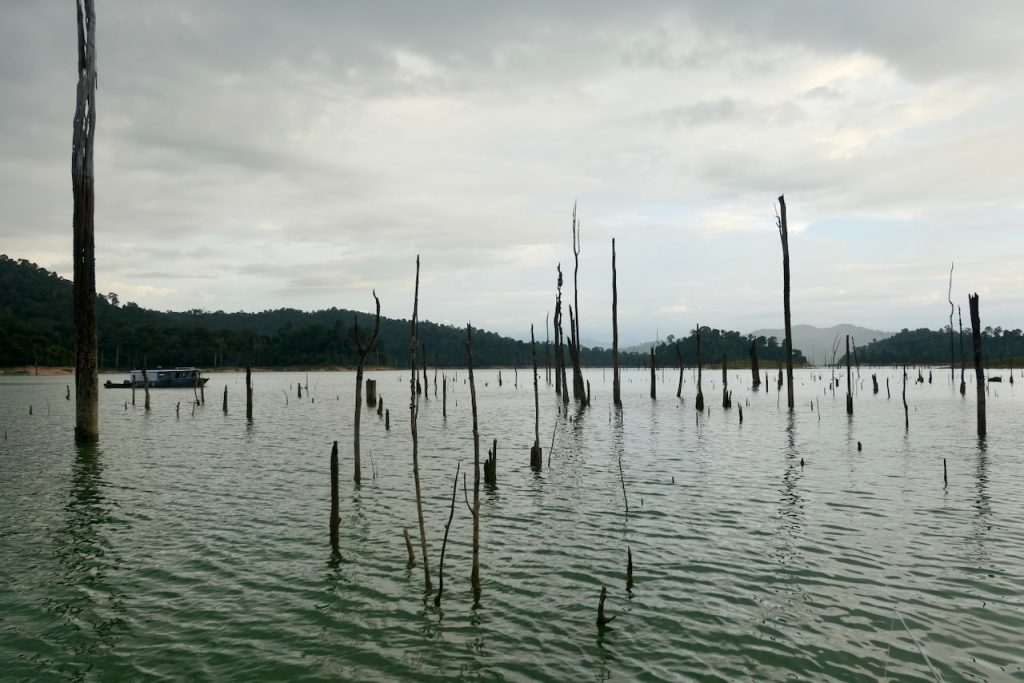
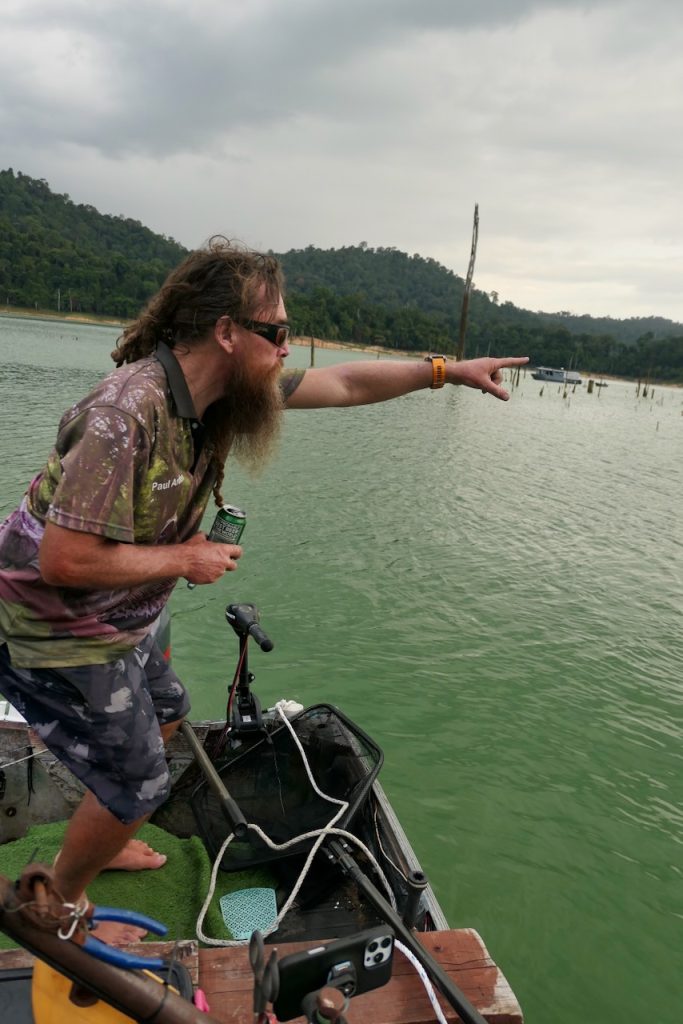
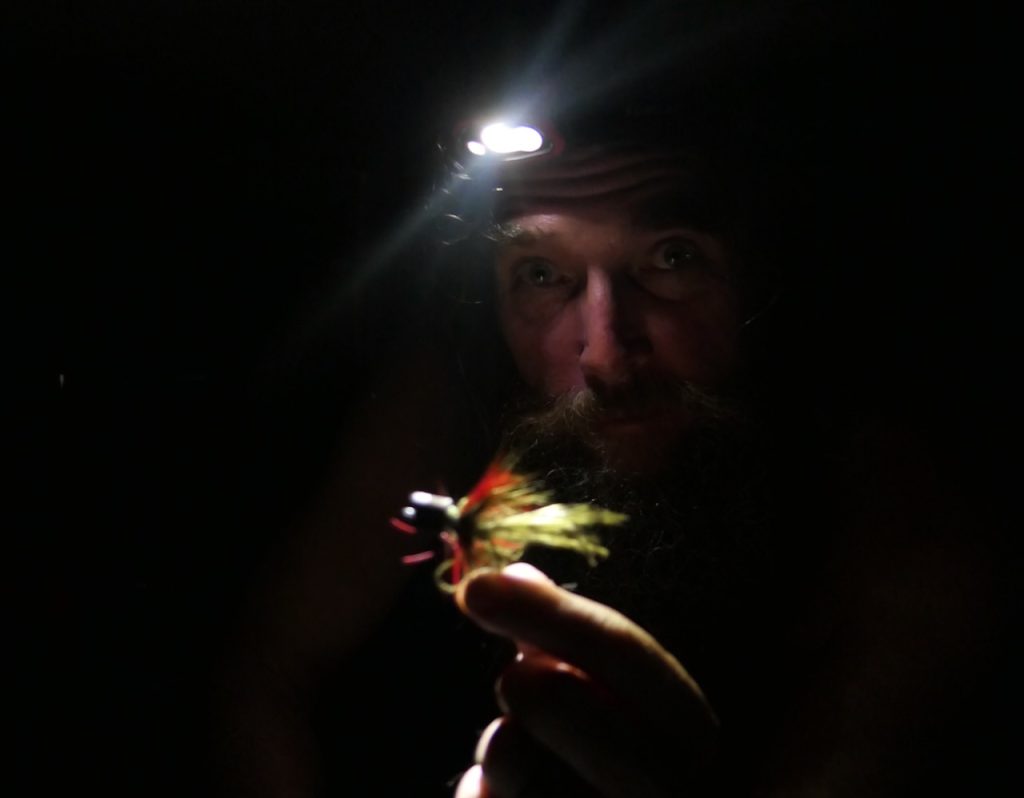
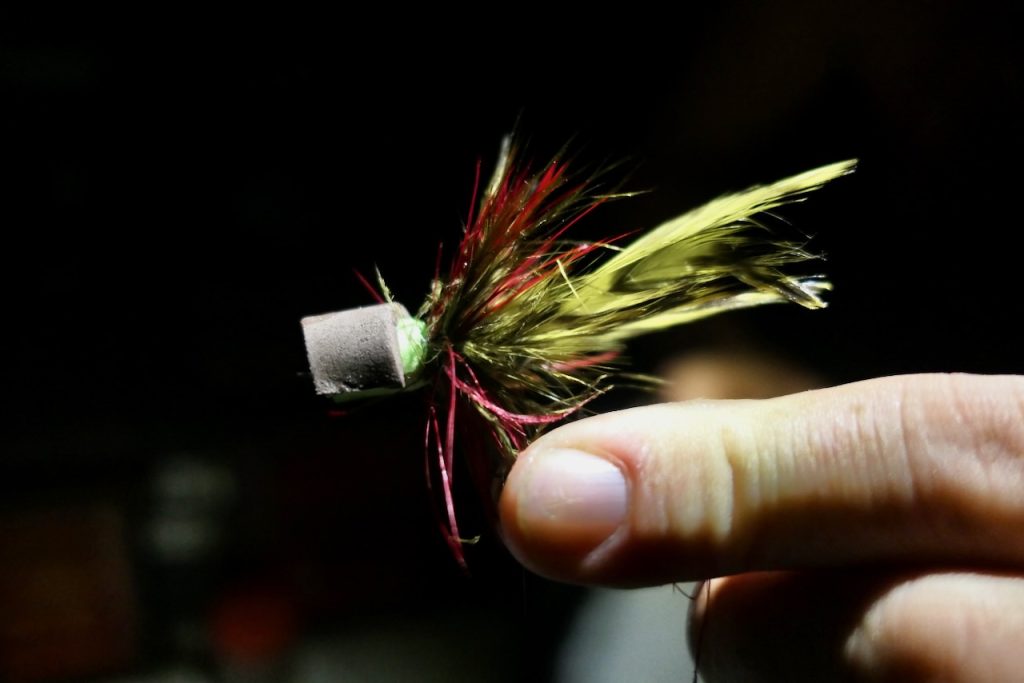
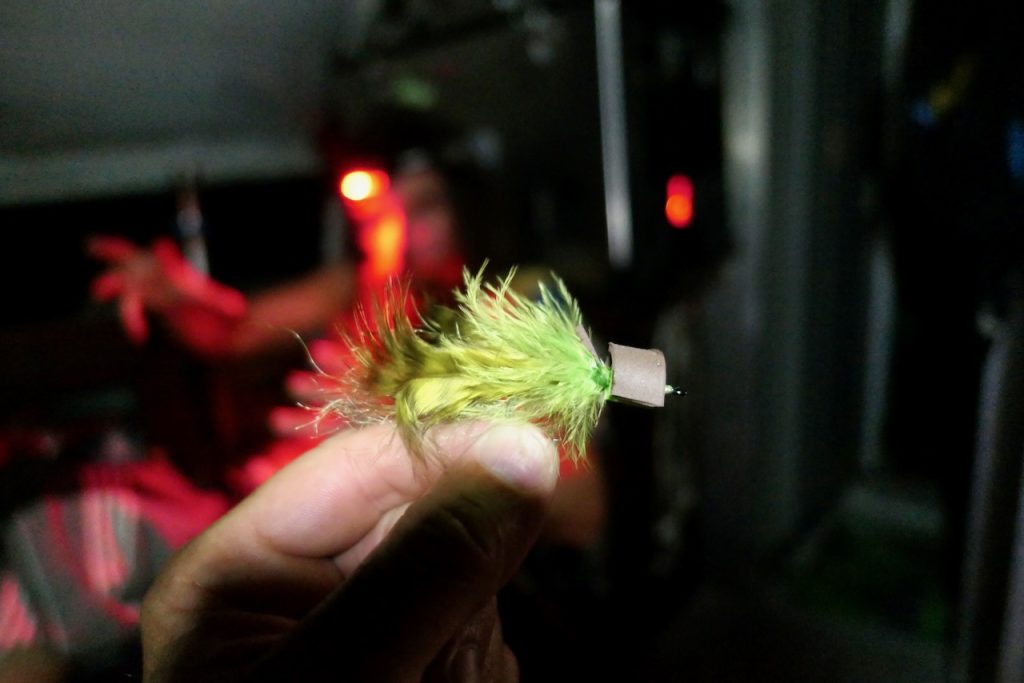
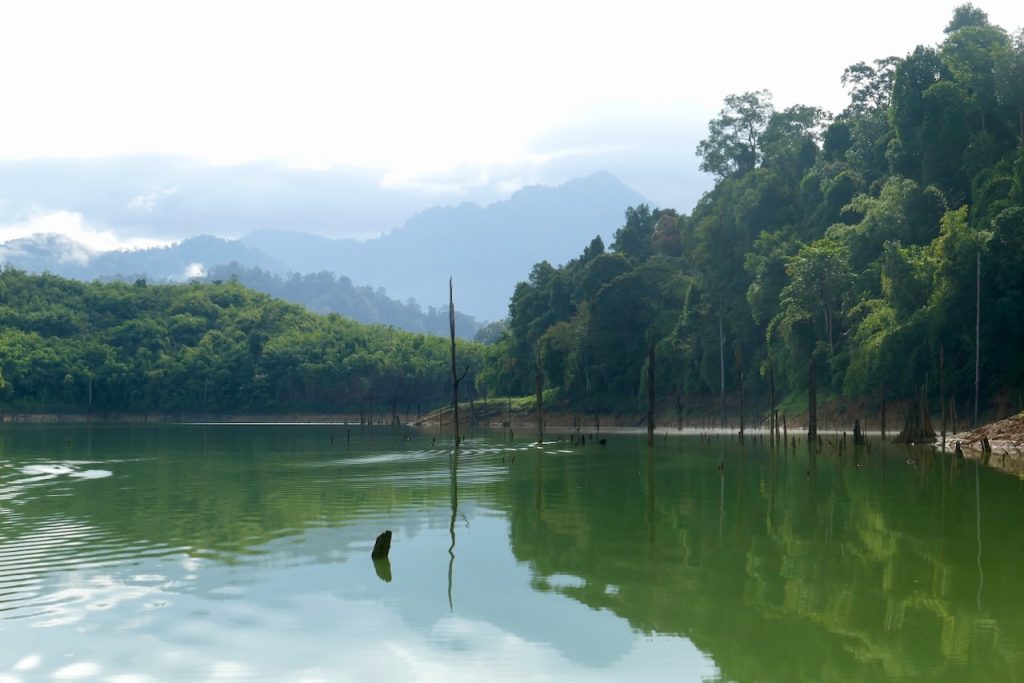
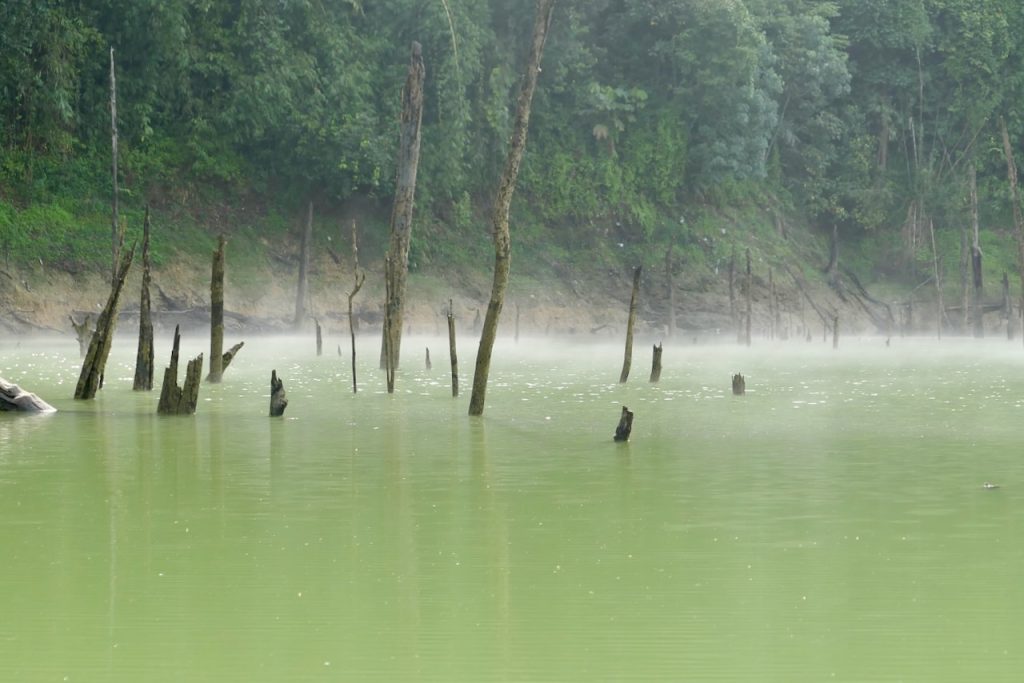
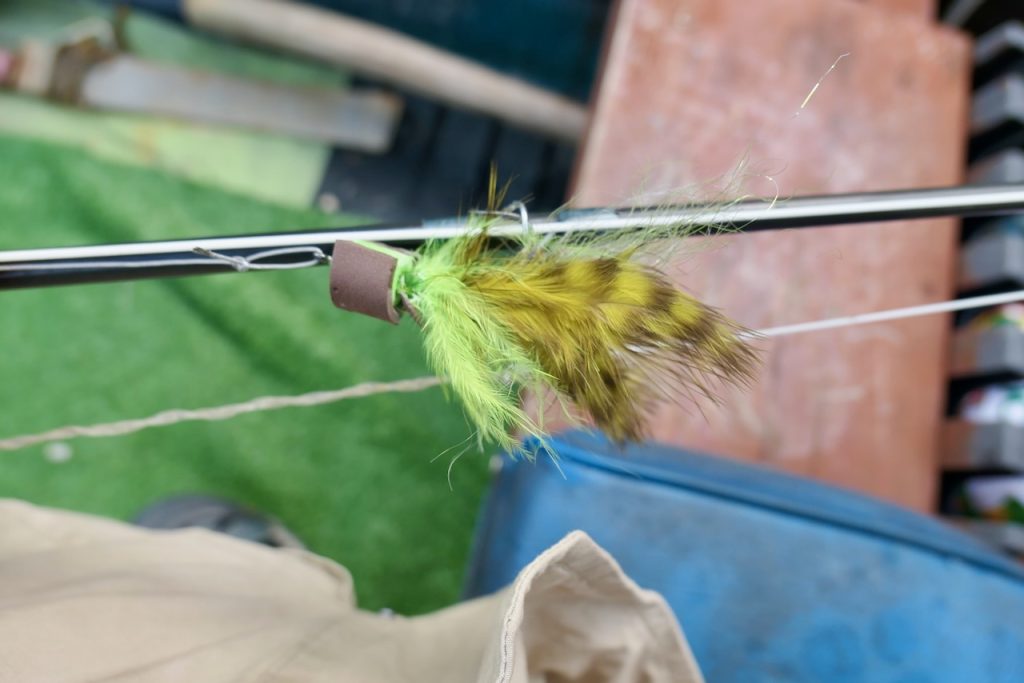
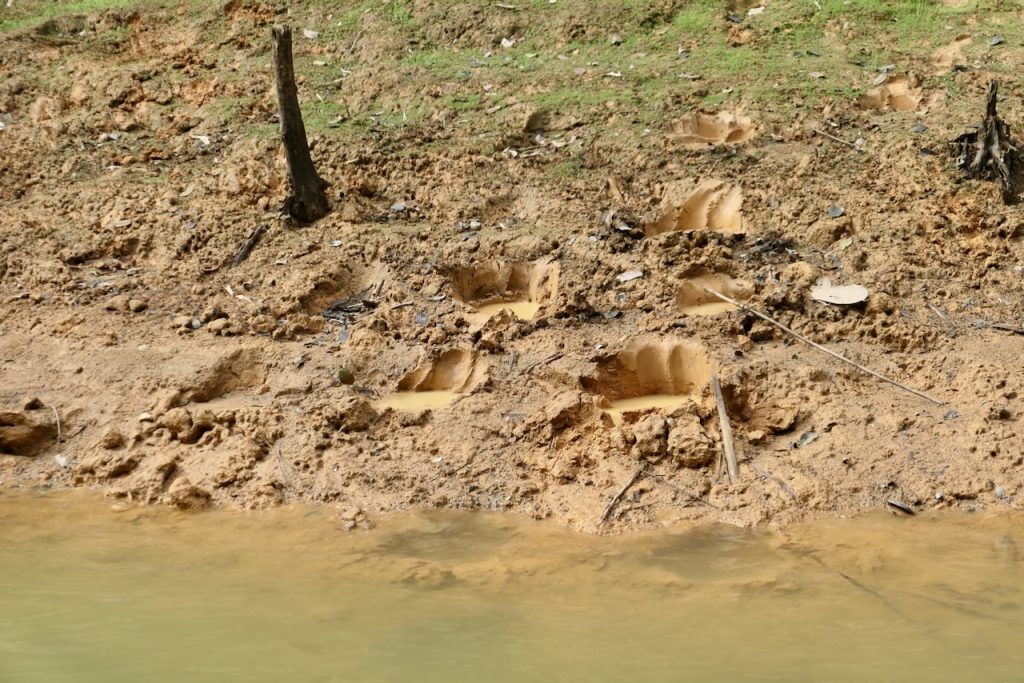
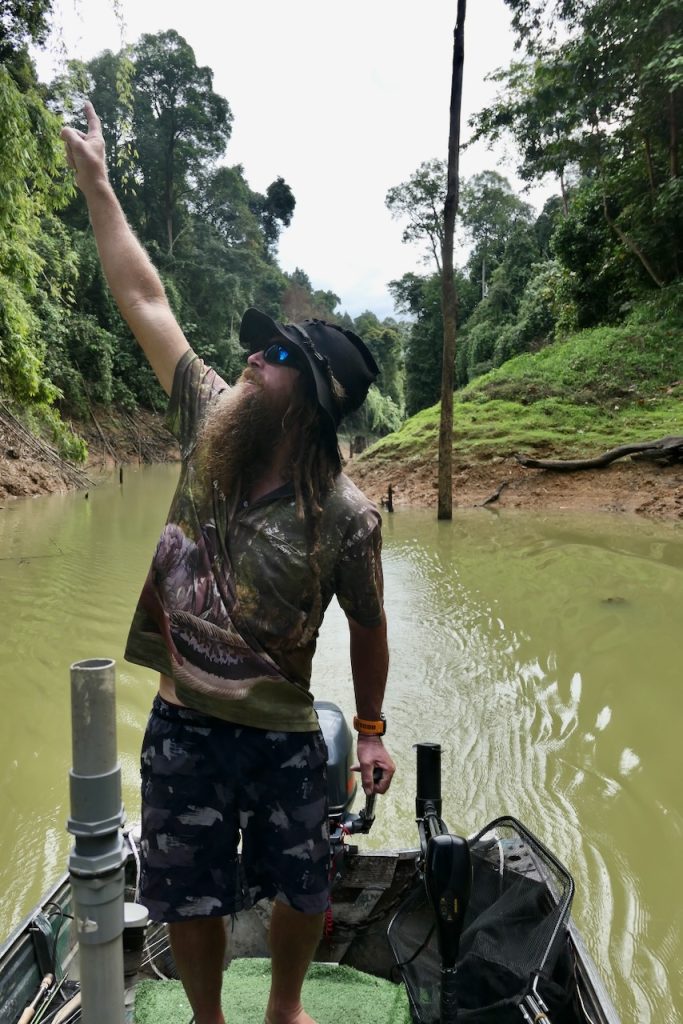
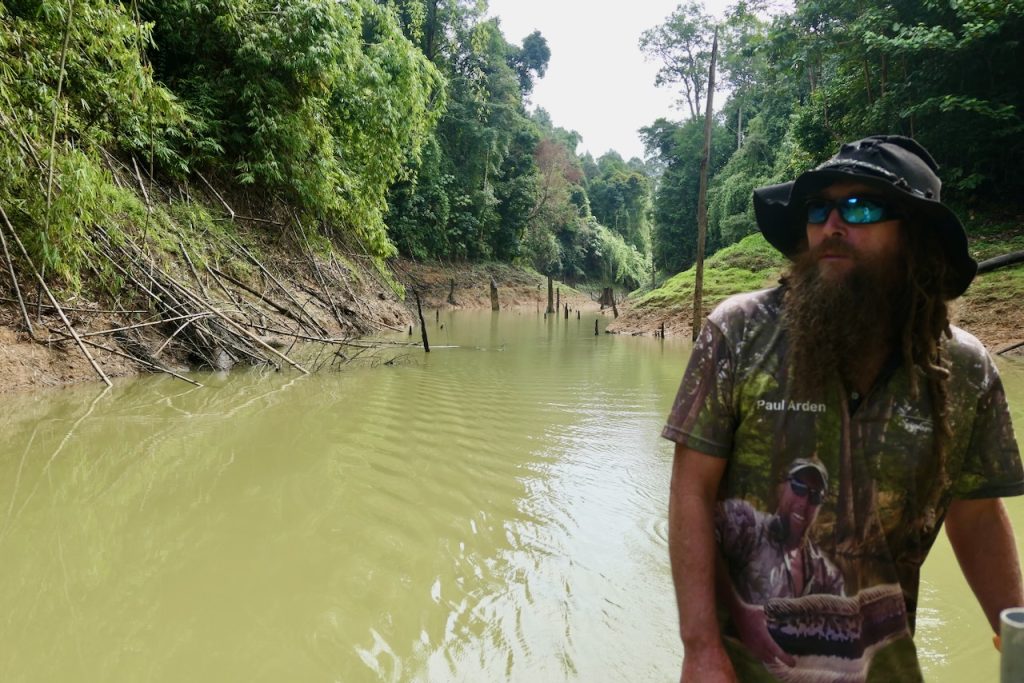
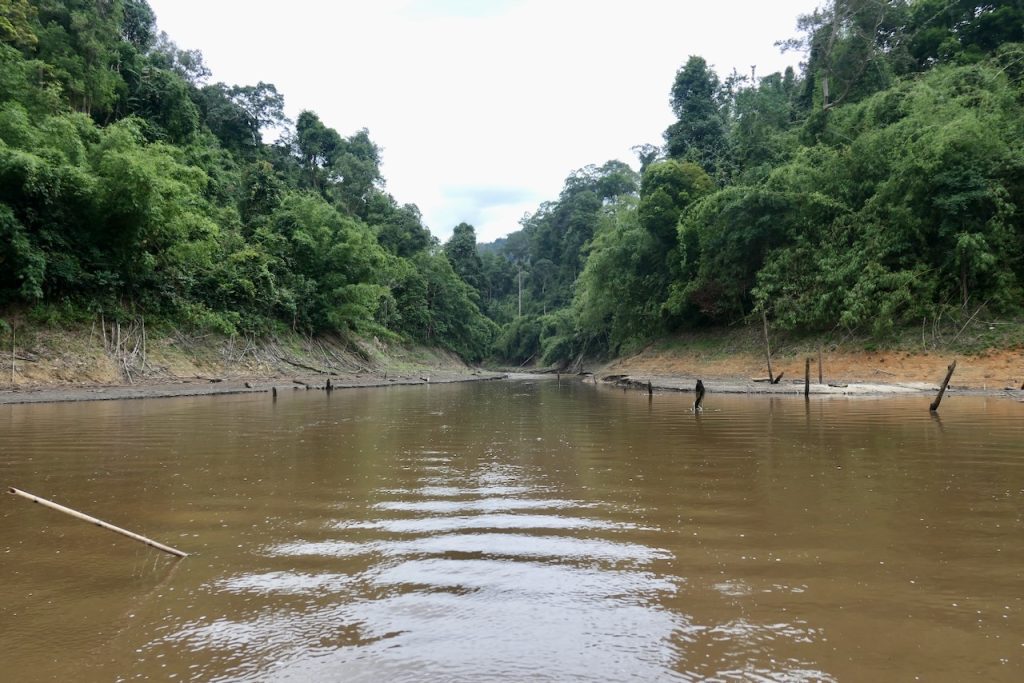
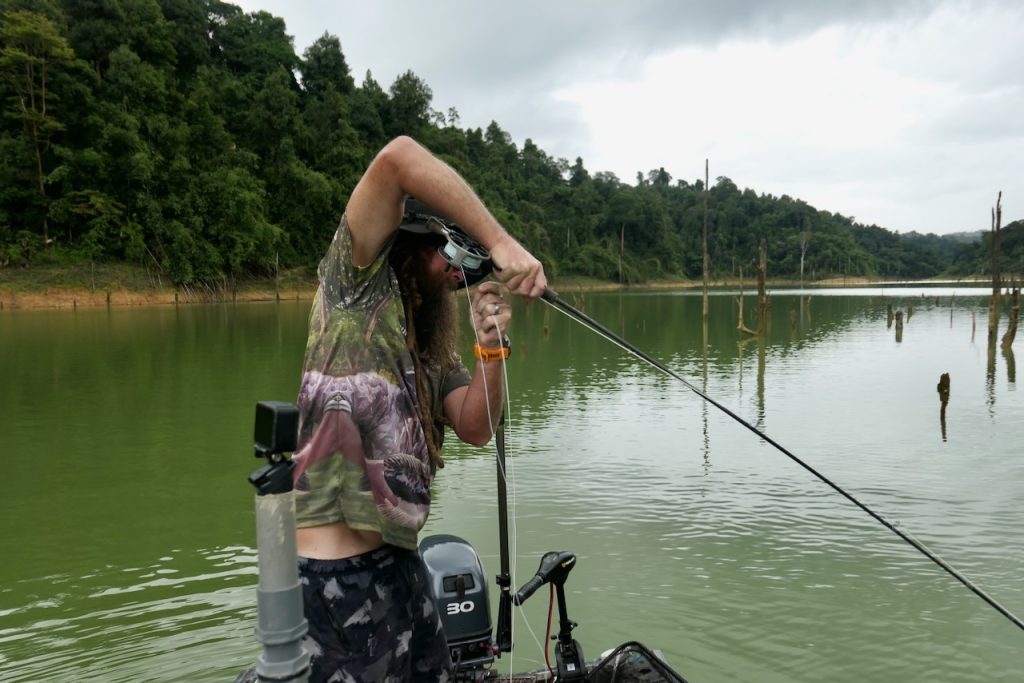
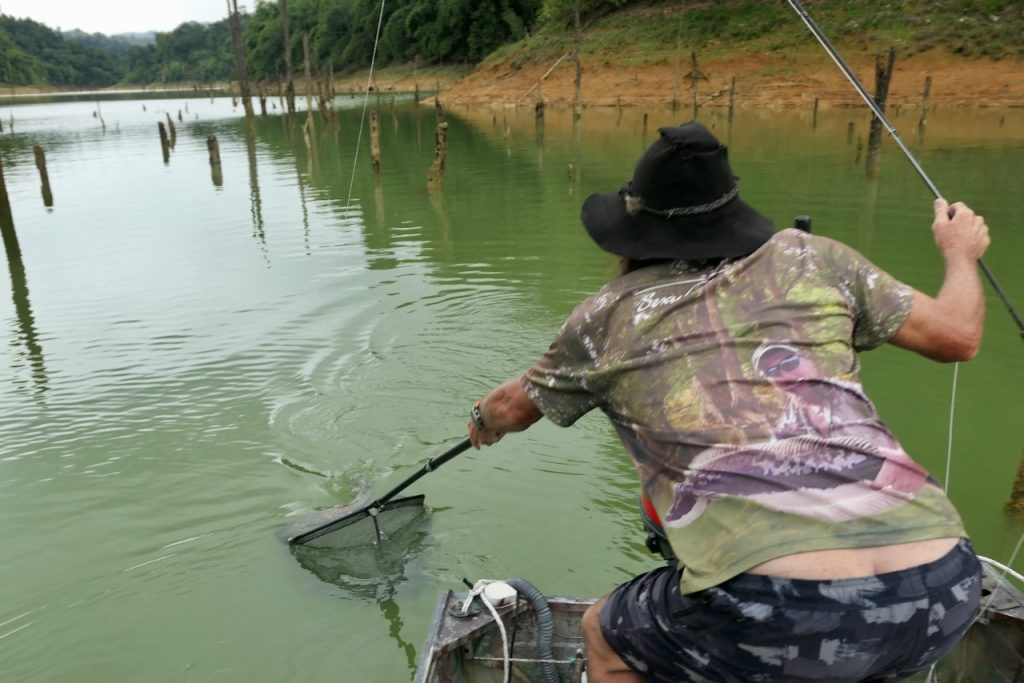
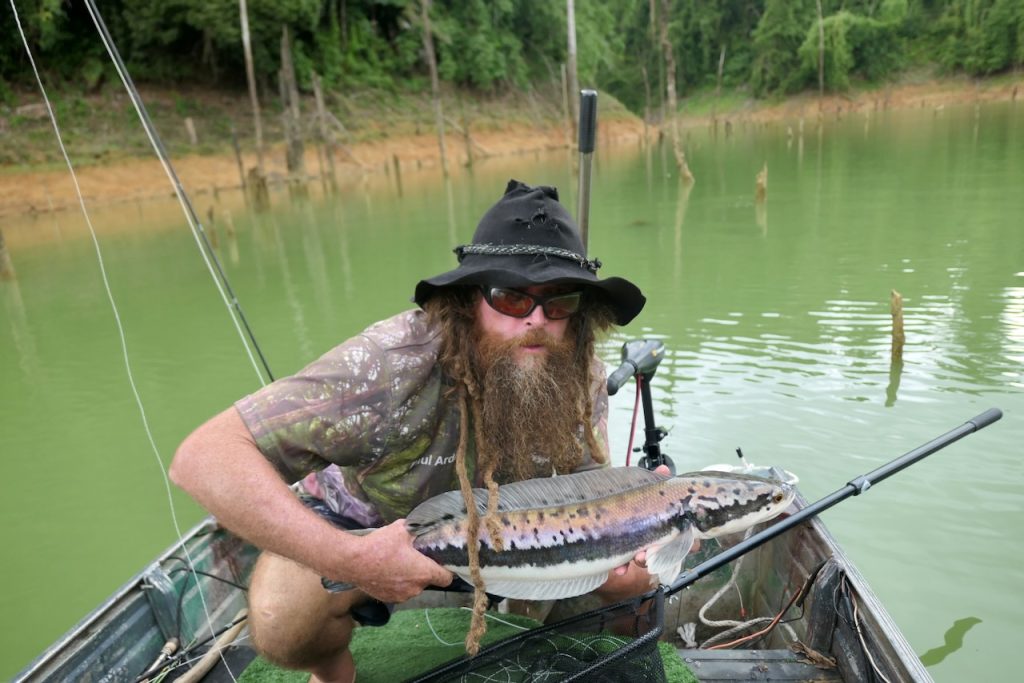
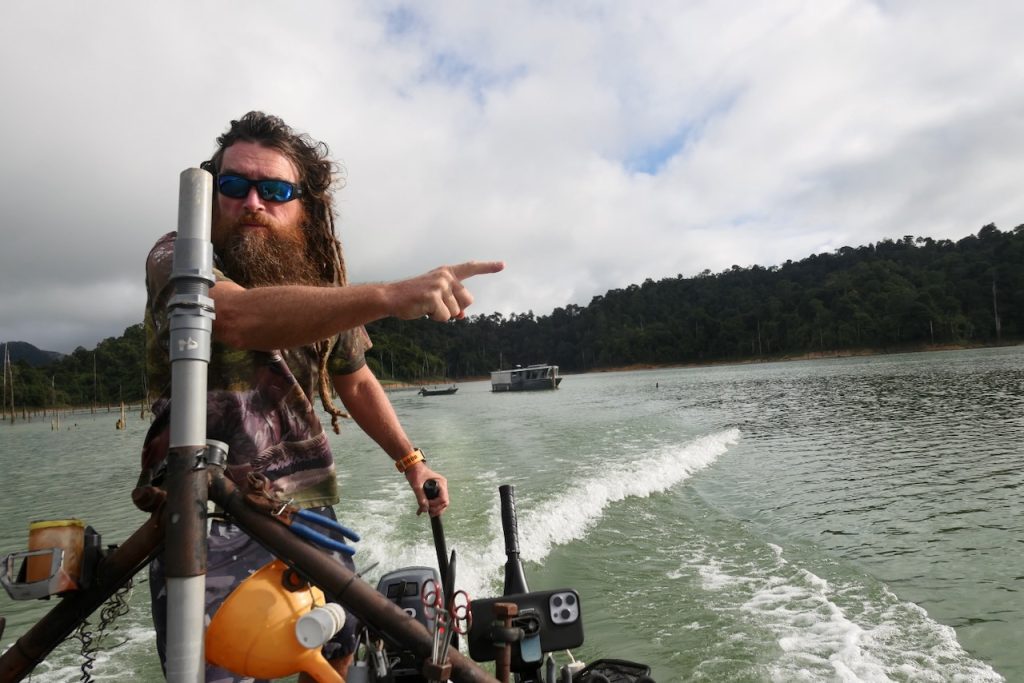
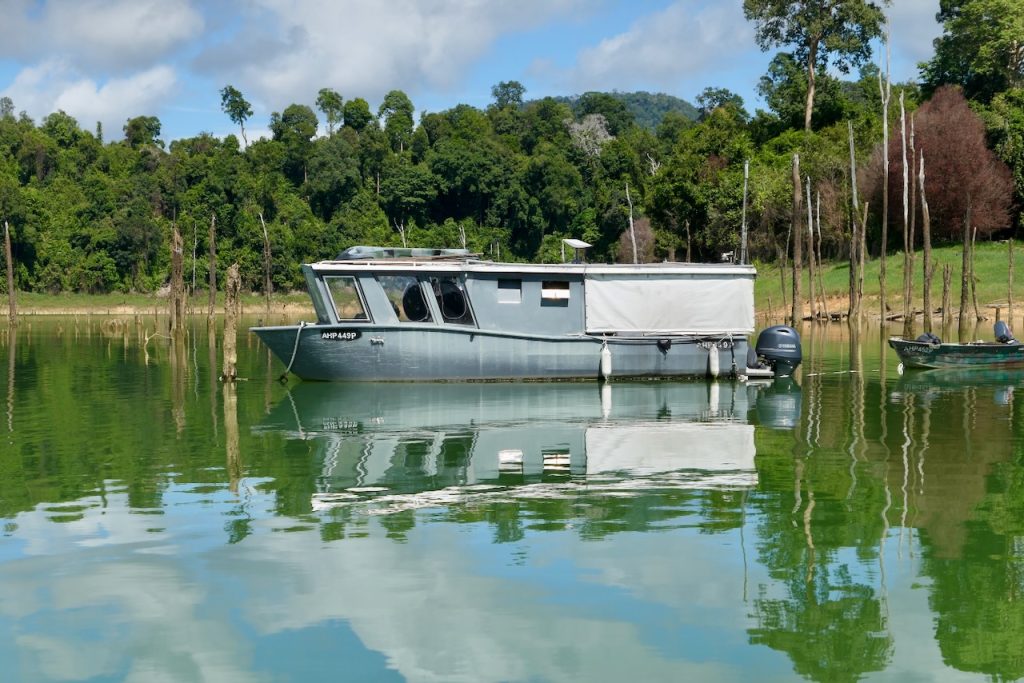
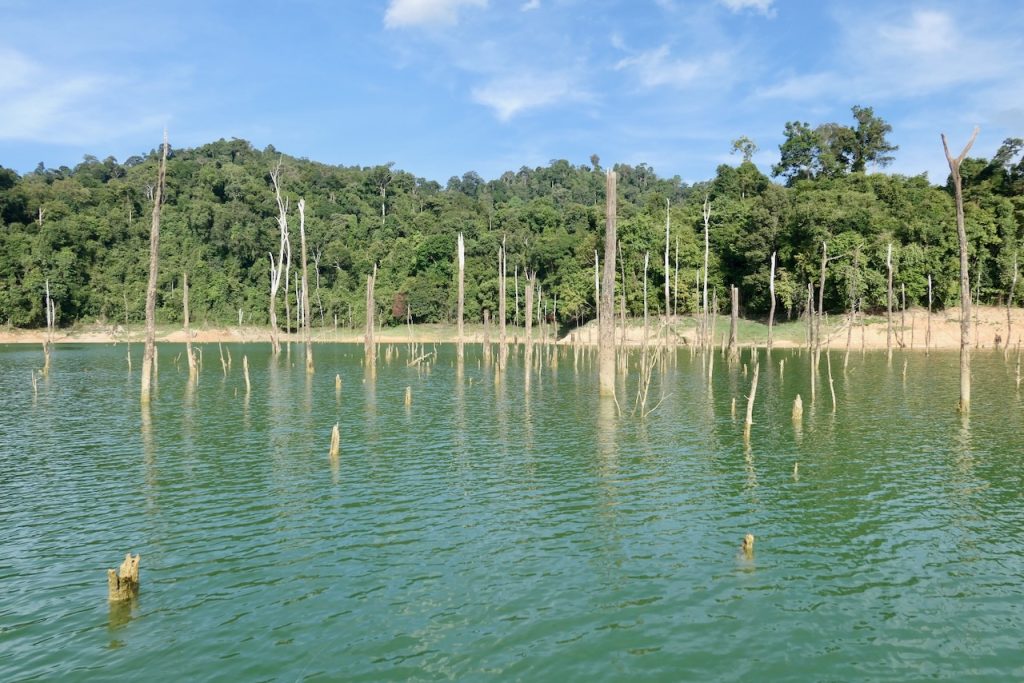
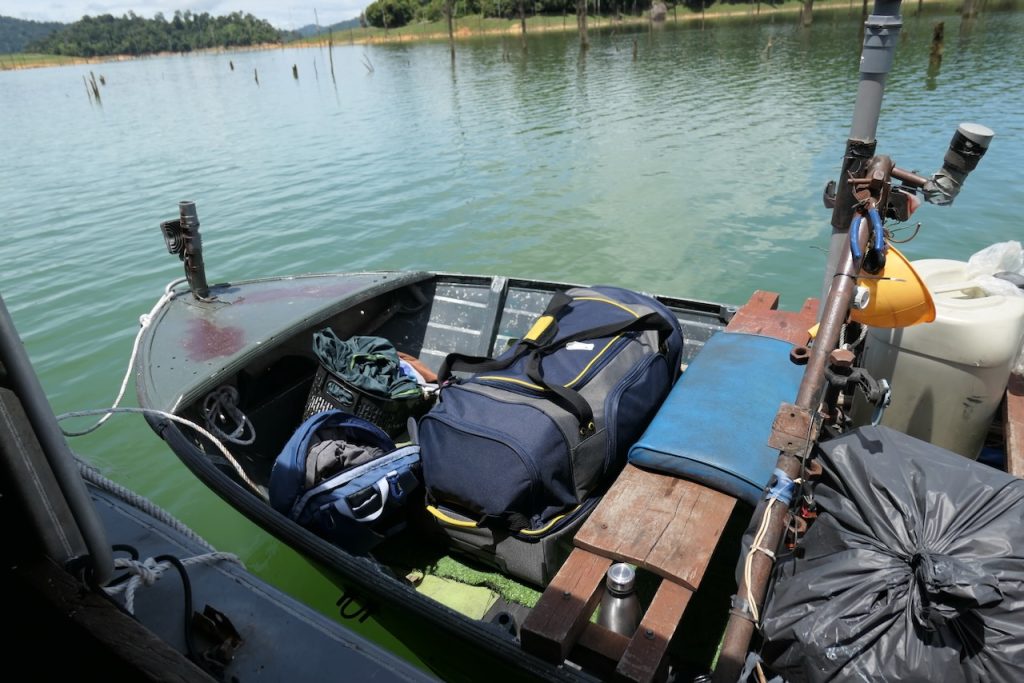
although I didn’t catch, I cast well!
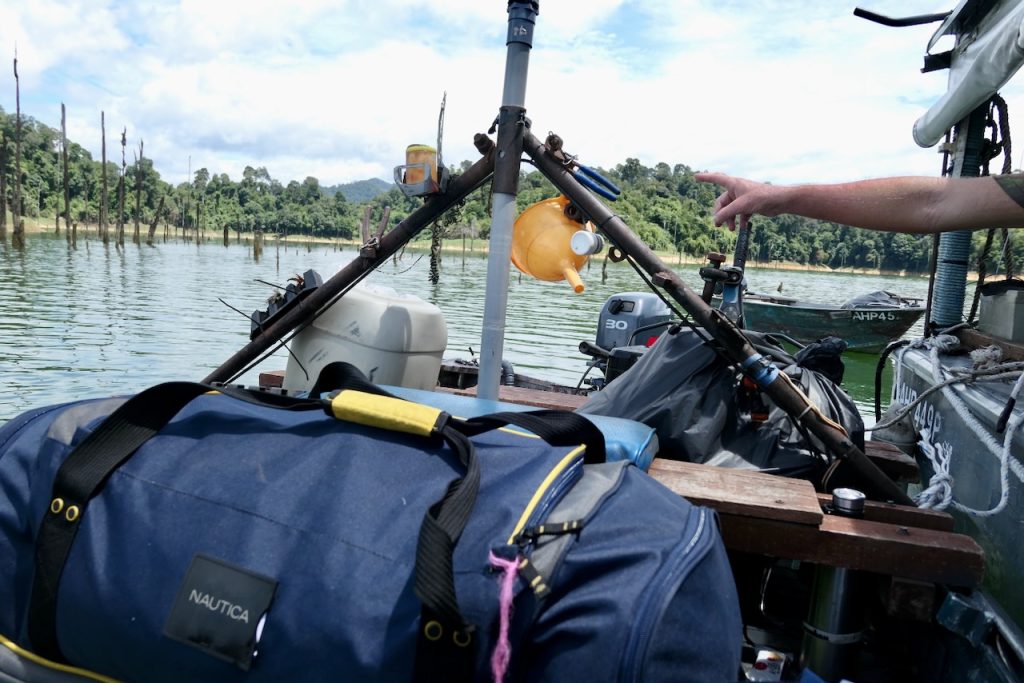
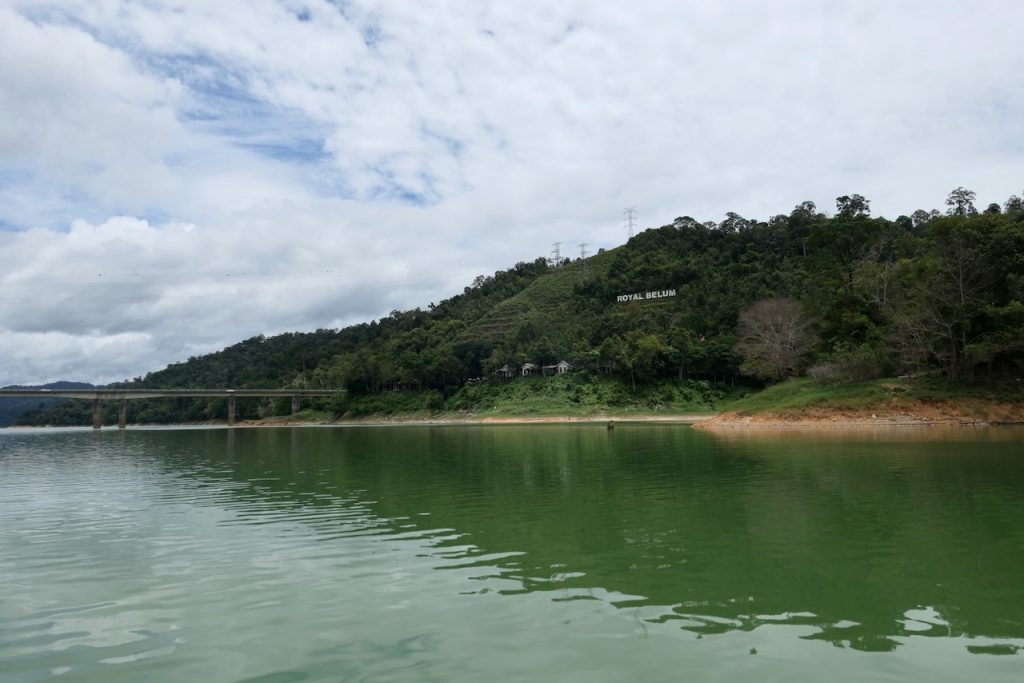
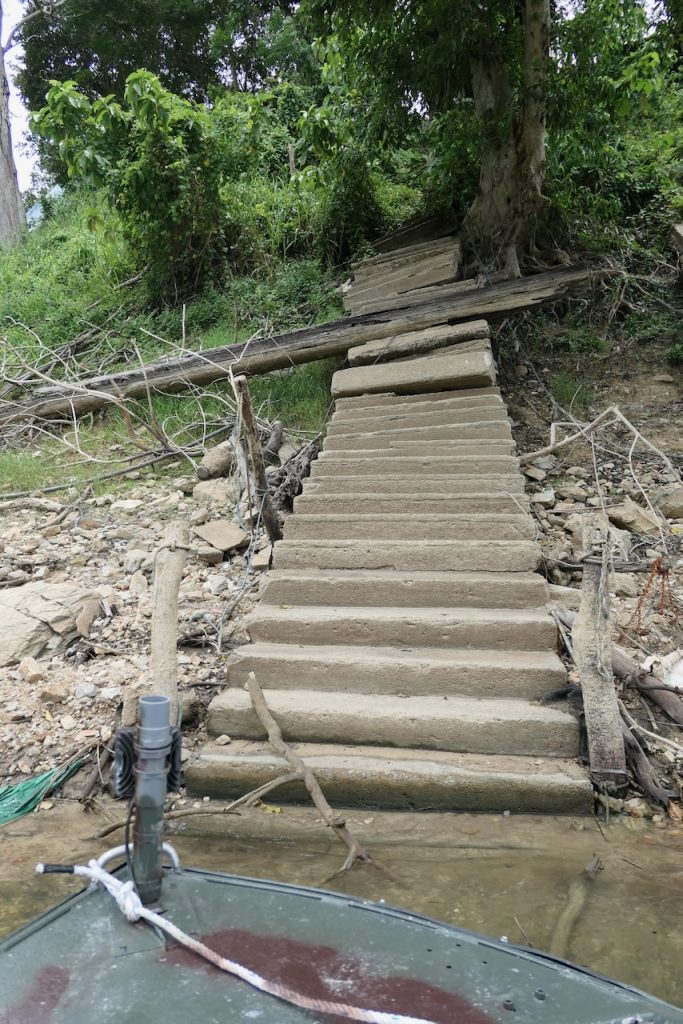
Thanks, Paul! I loved every minute.




































































































































































































































































































































































































































































































































































